Kenya is a rich and vibrant country, with a long history that starts well before the British arrived! For example, you may not know that Mombasa was under both Portuguese and Omani rule for a significant period of time and much of the country’s history is focused on the coastal areas.
Nowadays, most people will immediately know Kenya to be about wildlife and safari, probably more than anything else. However, there’s much more to the country and I want to share some interesting facts with you, which you may not know.
As I sat down to write this post, I found that there was so much to actually write about. More and more interesting facts about all kinds of things from history to culture, from trade to wildlife and environment to cuisine started to flow from my mind! So, rather than simply provide a random list of 50 facts, I’ve decided to structure them into a short mini-series of posts, which will be published over the next few weeks.
This post will introduce you to a few overall facts and insights about this beautiful country. But, you can look forward to further posts covering a bit more about history, geology, environment and wildlife as well as economy and trade.
So, with that in mind, here are 14 interesting facts about Kenya to get us started.
1) Population
Kenya is one of the fastest growing populations in the world. The country has grown from almost 9 million in 1963 to approximately 51.39 million in 2018, according to data from the World Bank.
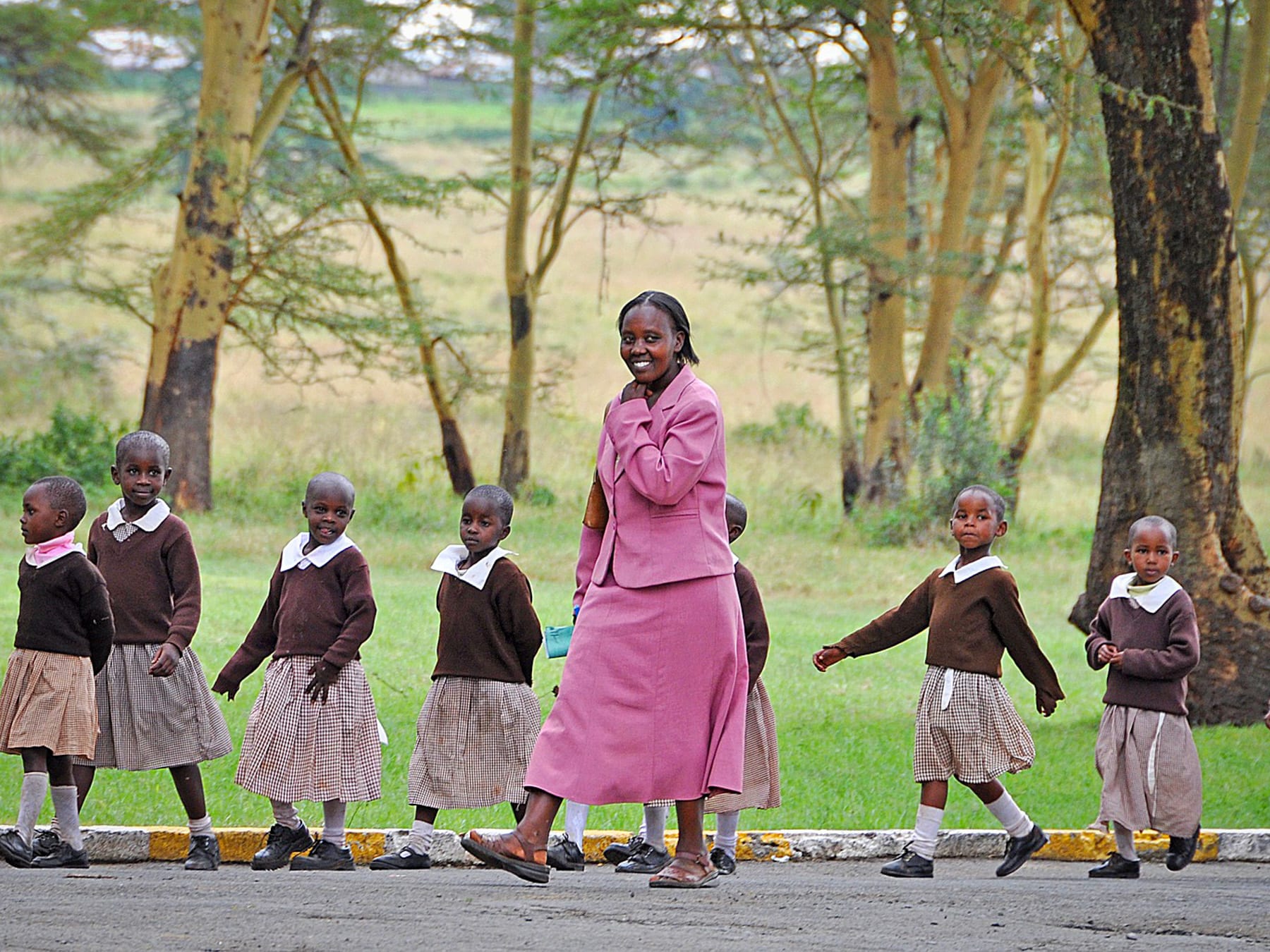
Kenya is one of the fastest growing populations in the world. Image by Nick115, Pixabay.com
2) Land Area and Borders
Kenya covers 224,081 square miles (580,367 square kilometres), which equates to an area similar to that of France. Kenya also borders five countries: Tanzania, Ethiopia, South Sudan, Uganda and Somalia. The longest border is shared with Ethiopia (867 kilometres). The Equator line runs right through the centre of Kenya, from Somalia in the East to Uganda in the West.
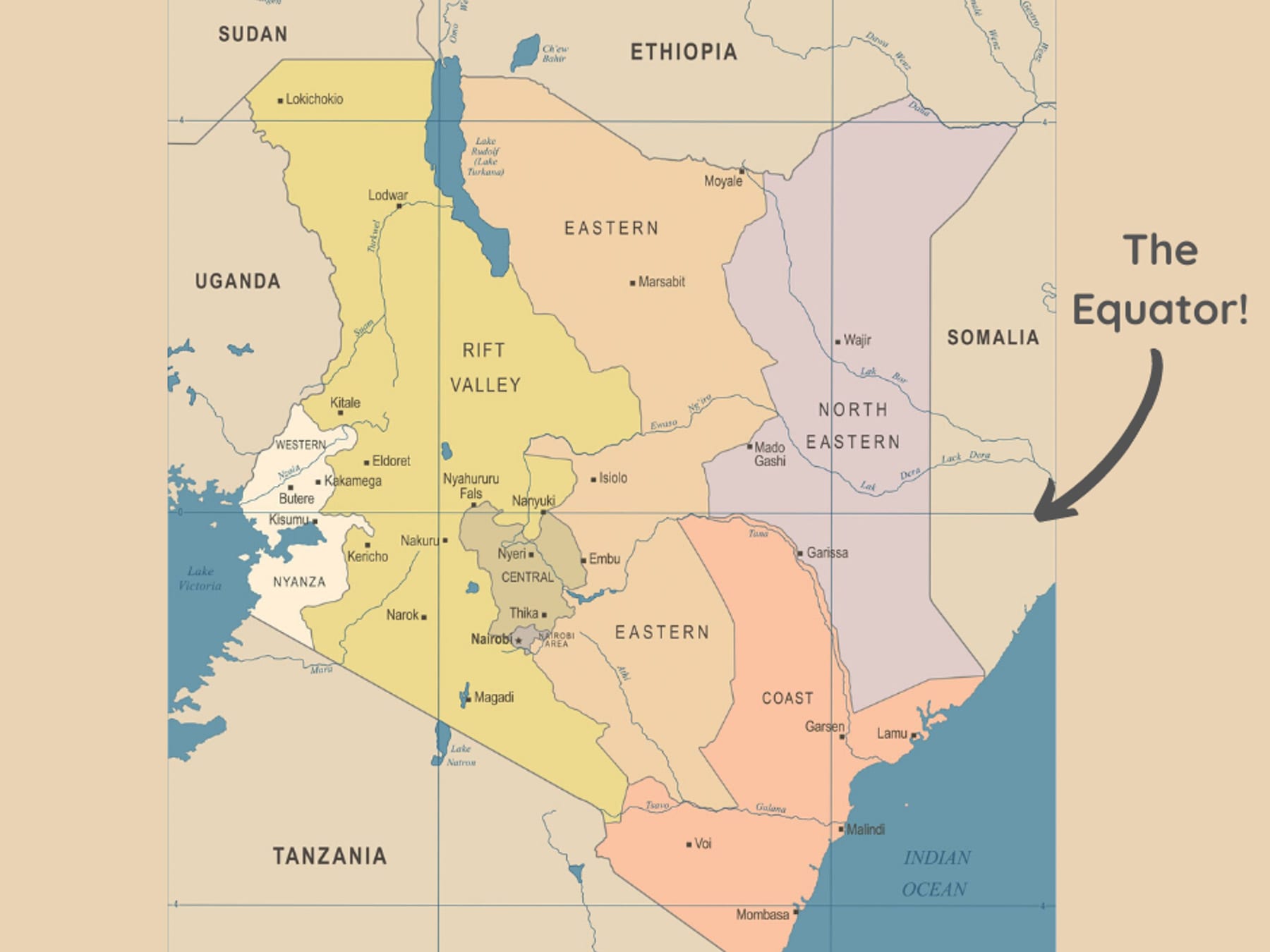
Kenya borders five countries and the Equator runs through the centre of the country. Image by dikobrazik, 123rf.com, annotations by Ayaan Chitty.
3) Climate
Many people imagine Kenya to be scorching hot all year round. However, Kenya has a seasonal climate, influenced by many factors, including geographical position, changing pressure systems from the Indian Ocean, high and low environments and surrounding land masses. For these reasons, there is also no one climate in Kenya. Much of the north is dry, arid or semi-arid desert. The central highlands tend to be cooler and towards the coast, the climate changes again. Nairobi stands at 1,795 metres above sea level, meaning it’s usually a few degrees cooler than Mombasa throughout the year. Temperatures can also vary significantly between day and night.
As a general rule across the country, the long rains fall between March to May each year and short rains occur from late October to December. June to September is generally known as the long, dry season but light winds ensure the temperatures are balanced. January and February are often the hottest time to visit the country.
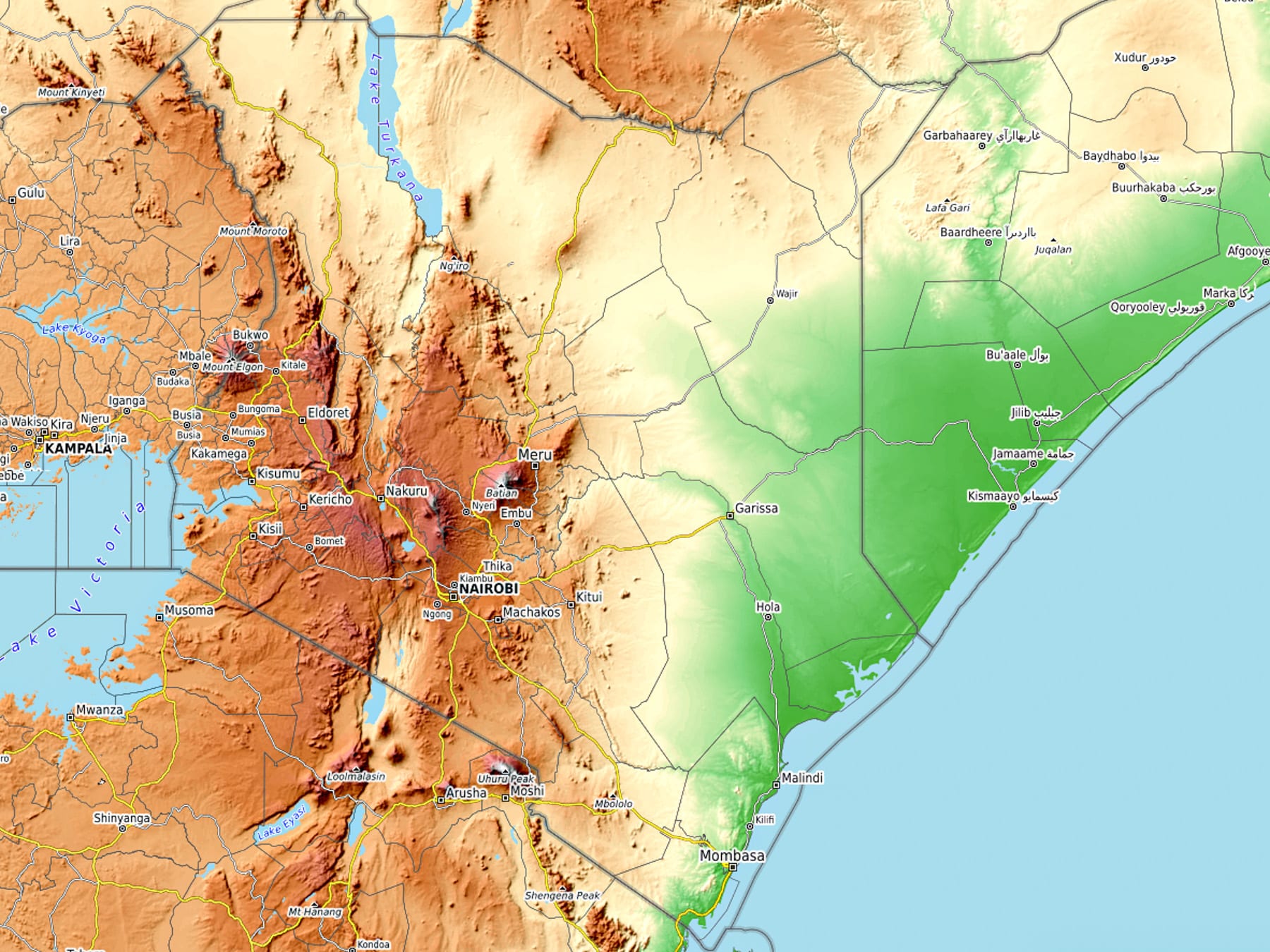
The topology of Kenya has an impact on climate and temperatures. Map data: © OpenStreetMap contributors, SRTM. Map style: © OpenTopoMap
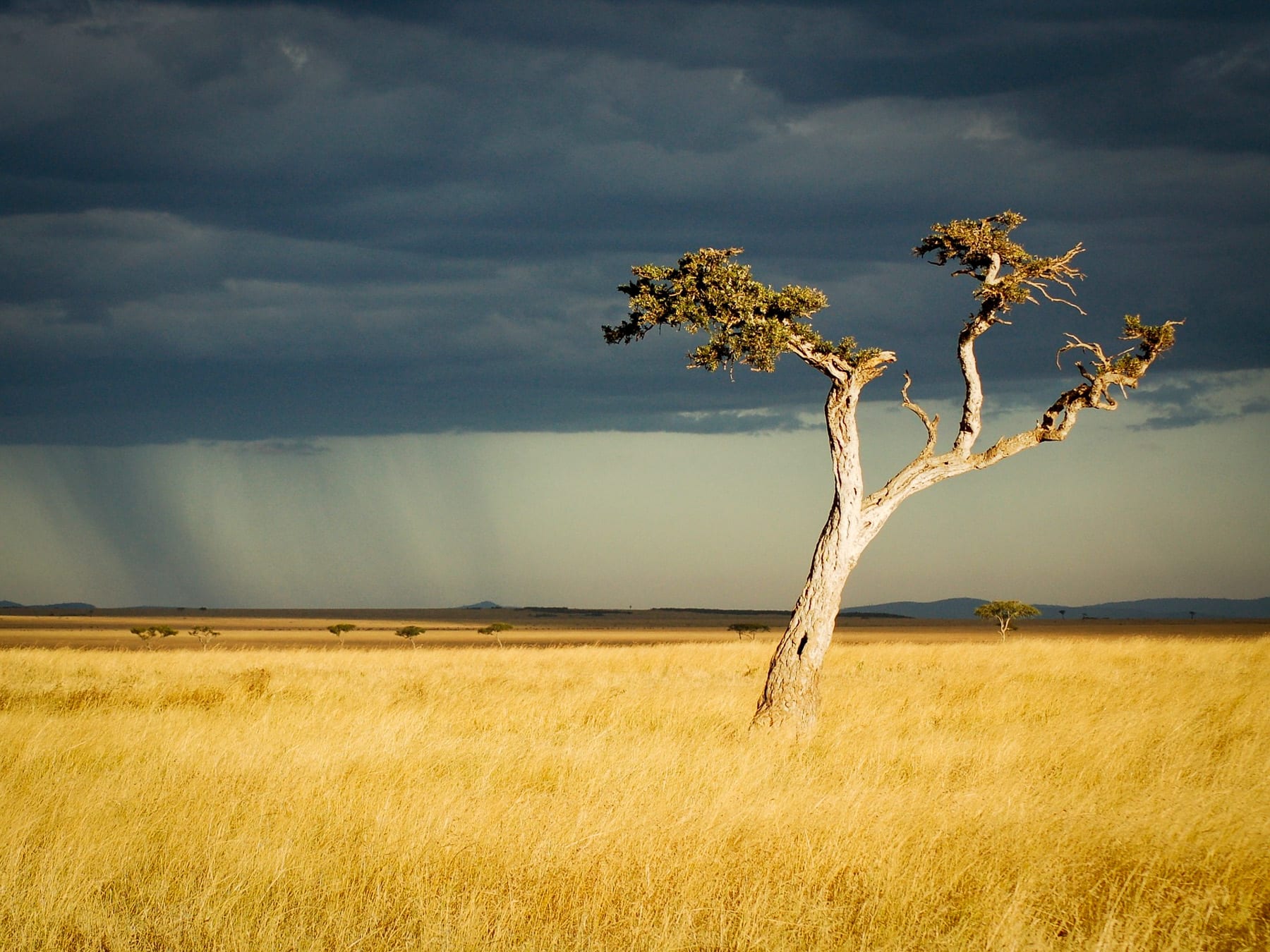
Kenya has a seasonal climate, influenced by such factors as geographical position, pressure systems from the Indian Ocean, high and low environments and surrounding land masses. Image by Robin Hartwell, Pixabay.com
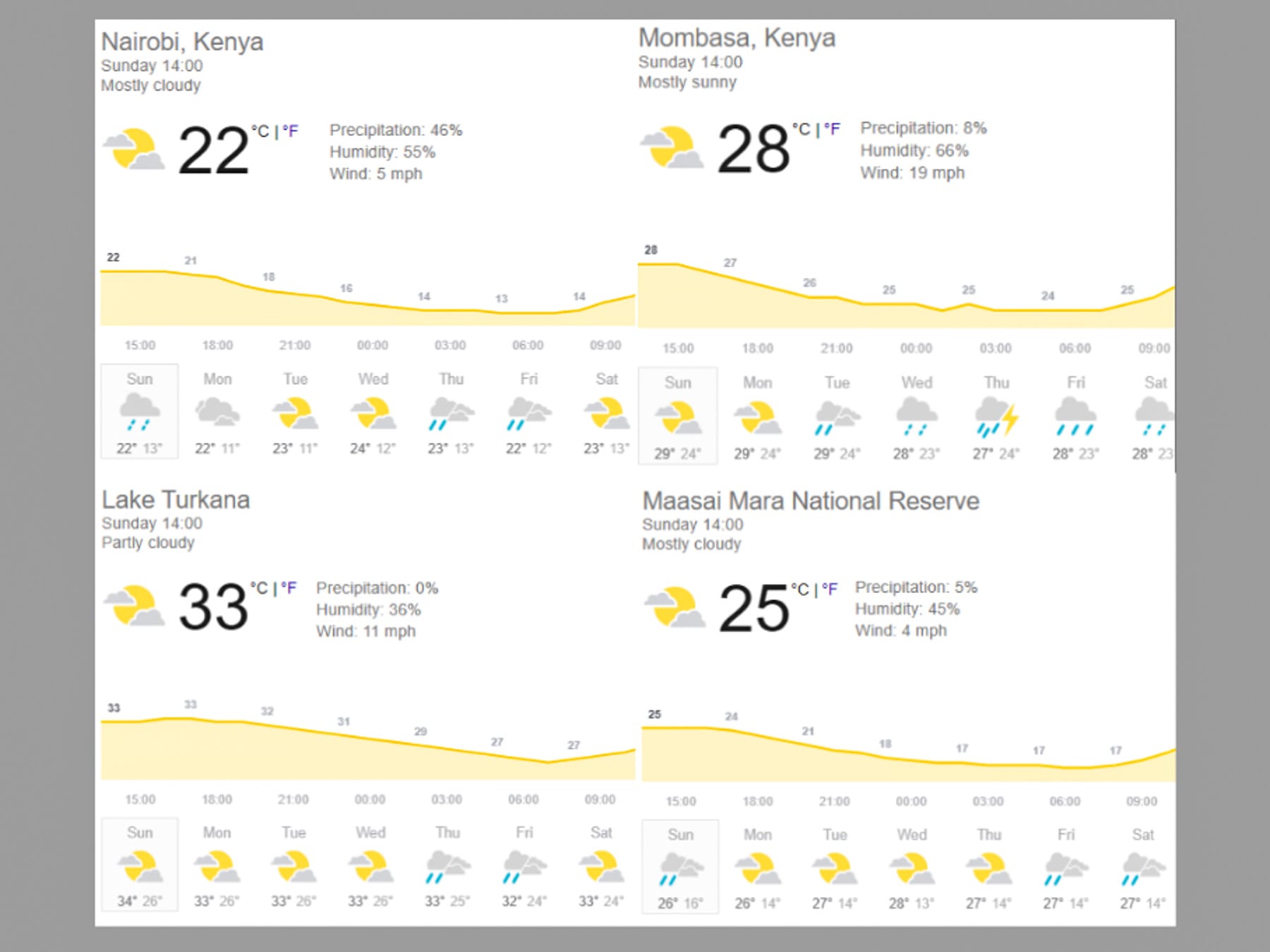
A snapshot shows the variation of weather in 4 areas of Kenya (taken 5th July 2020). Images and data copyright Google.
4) Currency
The Kenyan shilling (KES or Ksh) is the currency used in Kenya. 100 KES equates roughly to 1 USD, although you can obtain the latest rates here. Denominations are 1,000, 500, 200, 100 and 50 shilling notes. Coins come in denominations of 40, 20, 10, 5 and 1 shillings. Locally, shillings are referred to as ‘bob’ (probably a continuation from the British colonial times – ‘bob’ was a common slang term used to describe a shilling (12 pence) under the old money system in Great Britain, that was replaced in 1971 by pounds and pence).
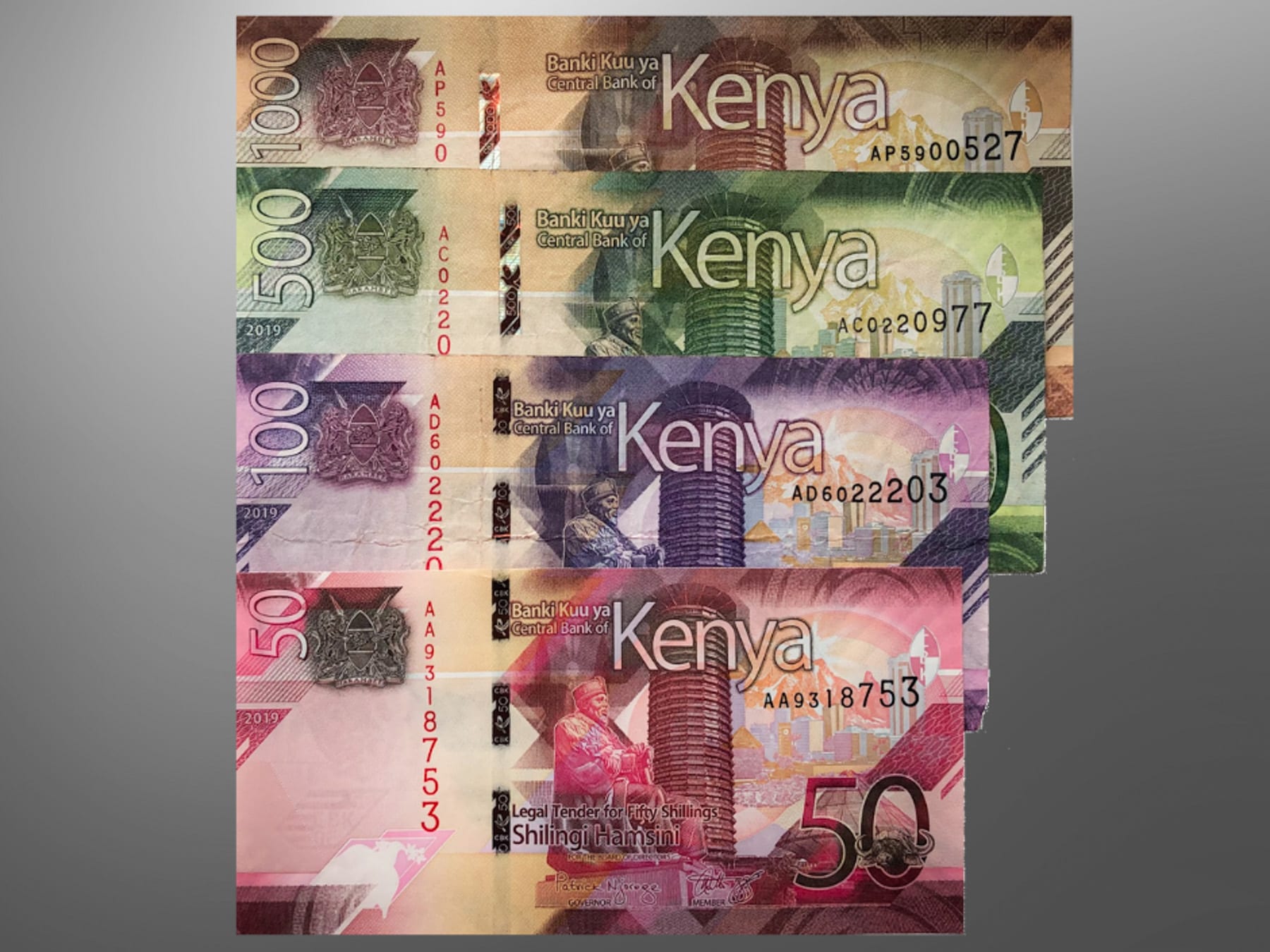
Image copyright Ayaan Chitty.
5) Languages
The two official languages used in Kenya are Kiswahili and English. In the West, Kiswahili is often shortened to just Swahili; this actually refers to the people from whom the language originated. In addition, there are various local tribal languages and dialects used across the country too and in schools, other languages such as German, Spanish, French and Chinese are taught. An ever-evolving urban language, known as Sheng (an acronym for Swahili-English slang) is widely spoken, especially among the growing youth population in Nairobi. Based mainly on Swahili and English, Sheng is also influenced by many common languages, such as Dholuo, Luhya, Kikuyu and Kikamba.
6) Tribes
Kenya has approximately 42 tribes. The largest tribes are the Kikuyu, Luhya, Kalejiin, Luo and the Kamba. The Maasai are symbolic of Kenya but actually only account for a small (~ 2%) of the population. They are well known due to their jumping skills, colourful attire and distinctive red blankets (shuka). Each tribe have their own unique music, dance and culture, which can be appreciated during visits to villages, which is a popular experience for tourists.
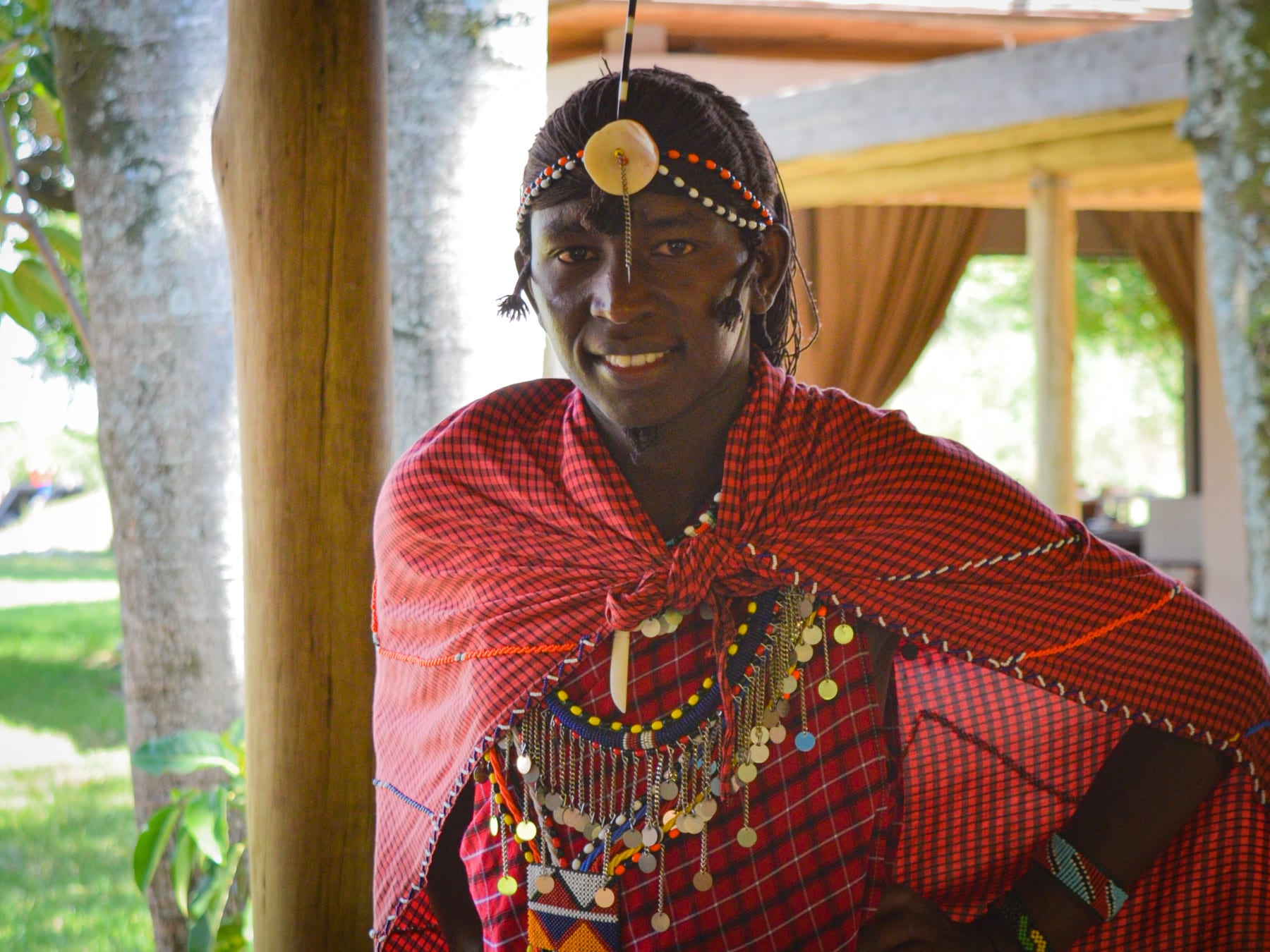
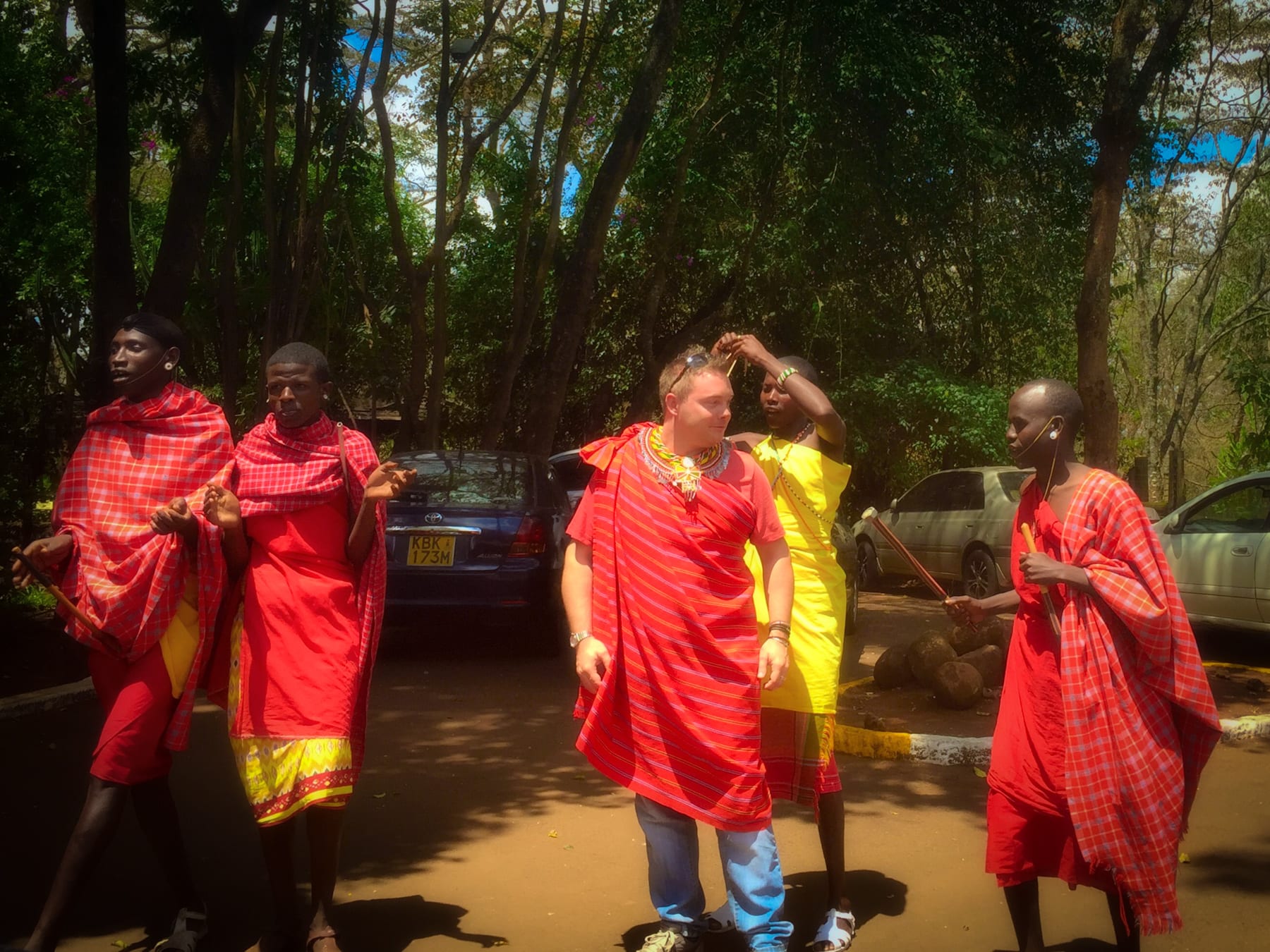
The Maasai are well known for their jumping skills, colourful attire and distinctive red blankets (shuka). Images copyright Ayaan Chitty.
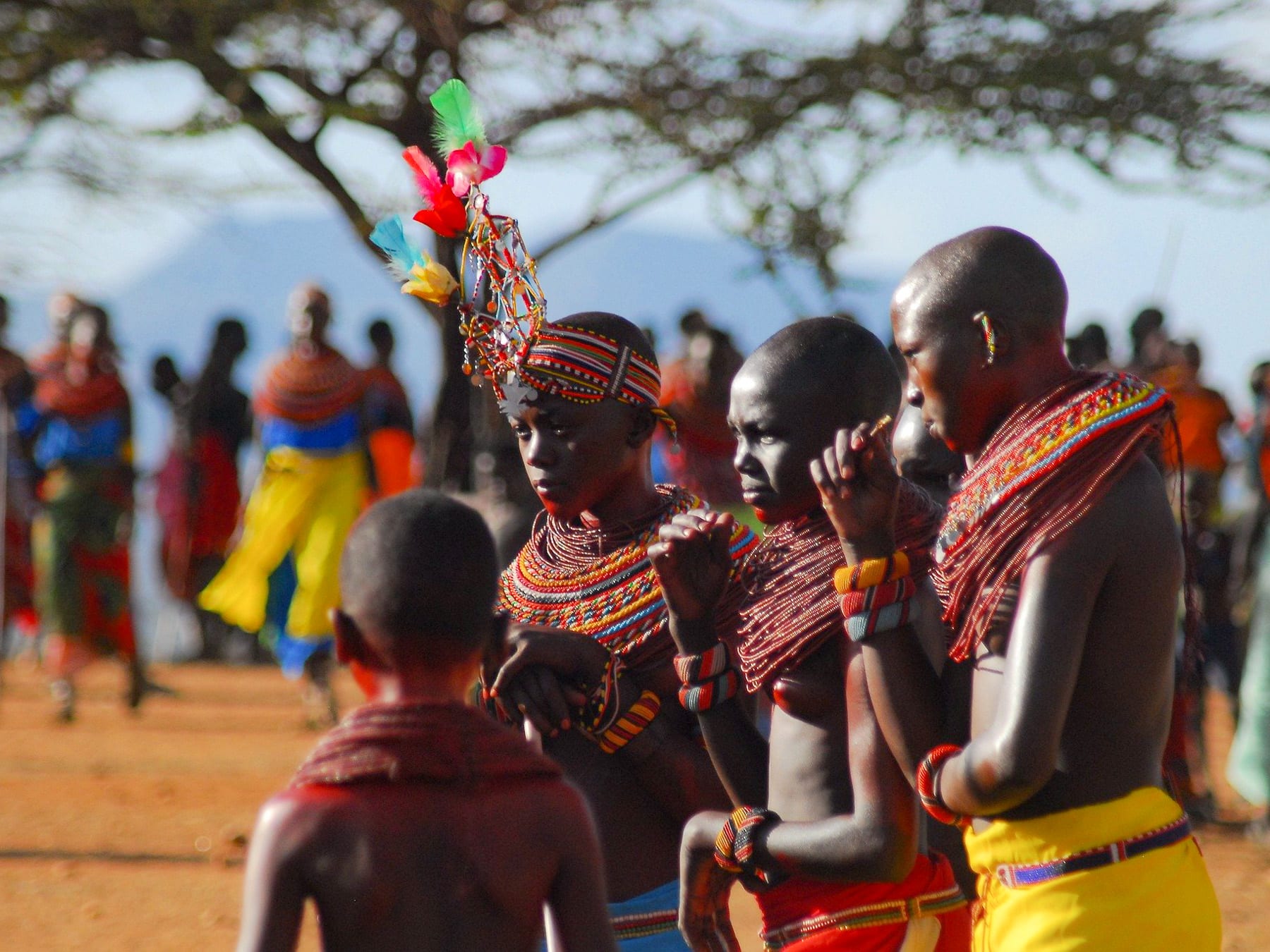
A traditional Samburu wedding. Image by Alex Strachan, Pixabay.com
7) Religion
Historically in Kenya, there were tribal religions and beliefs. Christianity first came to Kenya in the 15th century through the Portuguese, but later became much more prominent, when missionaries arrived in Kenya from around 1844. Christianity is now the country’s predominant religion. Islam is the second religion, brought to Kenya initially by the Arab settlers during the 8th Century and has been later strengthened by labourers arriving from India to build the Mombasa-Uganda railway, South Asian settlers and local conversion. Islam now has a strong presence along the Swahili coast, North Eastern Kenya and areas of Nairobi. Islamic law is recognised under the Kenyan Judicial System for Muslims concerning matters of relating to personal status, marriage, divorce and inheritance. Hinduism, Sikhism, Judaism and other faiths are also present, especially within the various communities in Nairobi.
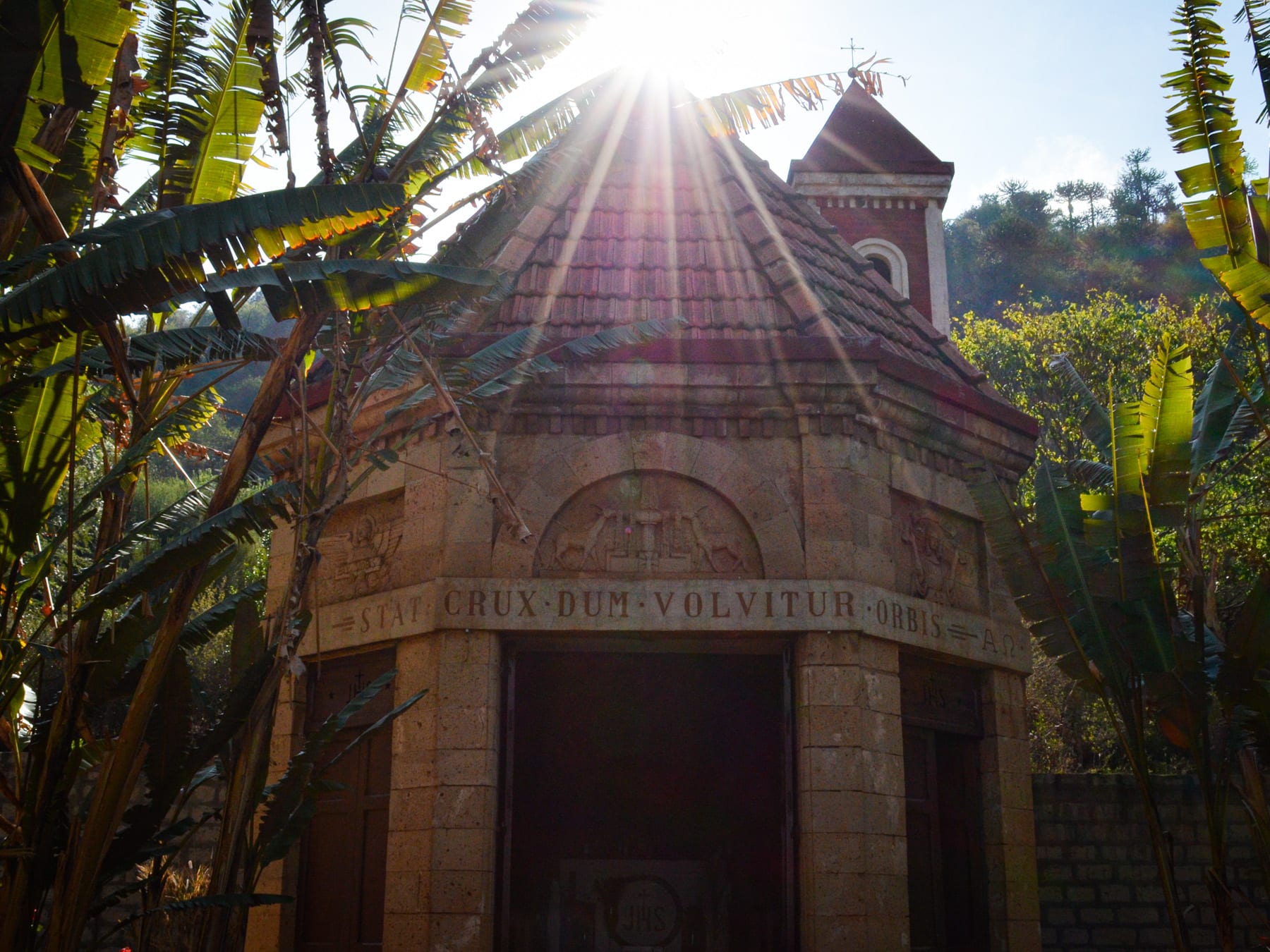
Mai Mahiu Catholic Church was built in 1942 by Italian prisoners of war and is the smallest Church in Kenya. Image copyright Ayaan Chitty.
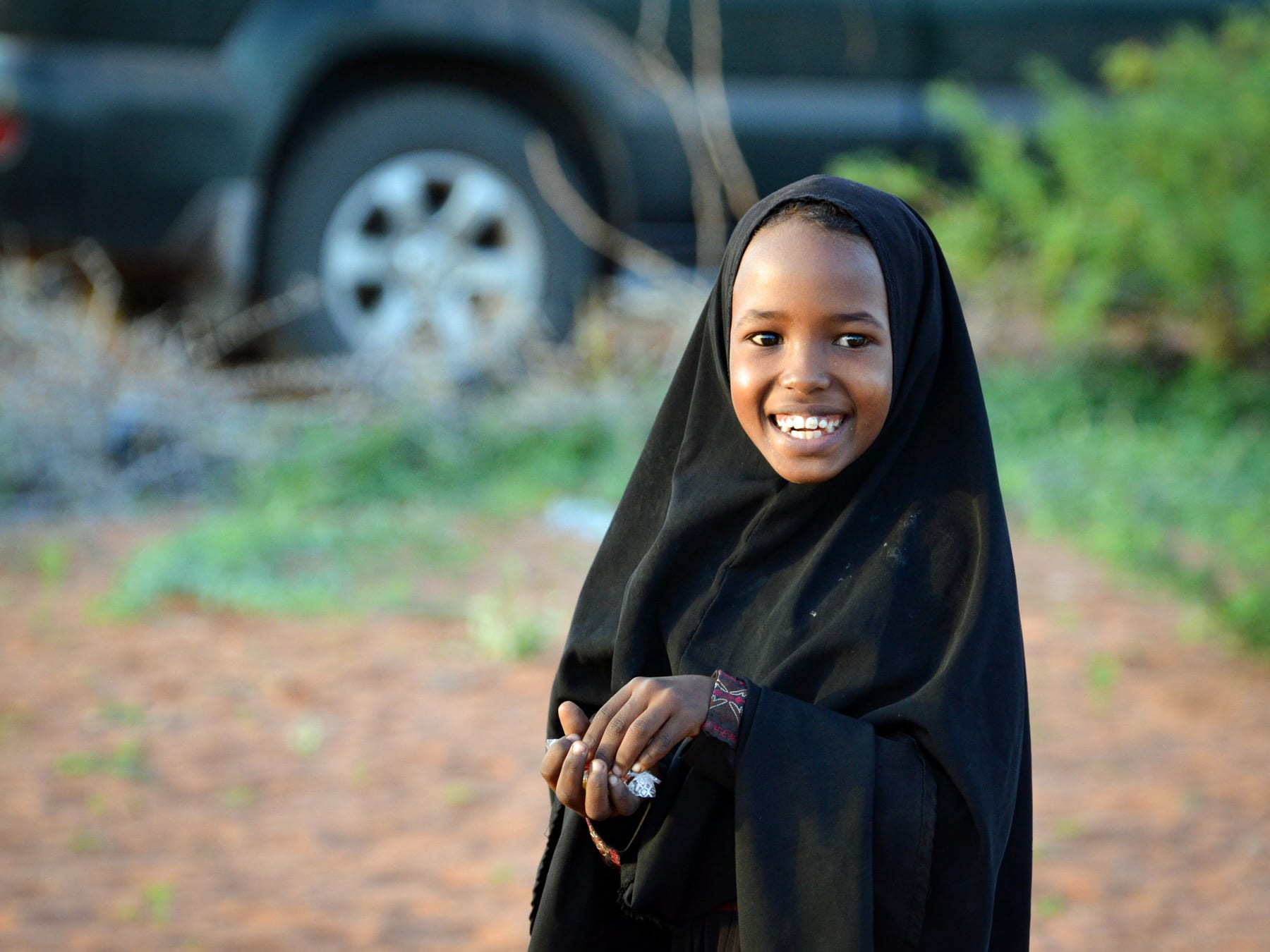
A young Muslim girl in Wajir, North Eastern Kenya. Image copyright Ayaan Chitty.
8) The Republic of Kenya
Kenya is officially known as the Republic of Kenya or Jamhuri ya Kenya (Kiswahili), following a long struggle for independence from British Colonial power, which was finally achieved in 1963. Jomo Kenyatta, who played an instrumental role in Kenya’s journey to independence, became Kenya’s first Prime Minister. A year later, under a constitutional amendment, he became the first President of the Republic of Kenya. Jamhuri Day is celebrated on 12th December each year to commemorate the country’s independence. Following Kenya’s second and third Presidents Moi (1978 -2002) and Kibaki (2002 – 2013), Uhuru Kenyatta (son of Jomo Kenyatta) became the fourth President of Kenya in 2013. In 2017, Uhuru Kenyatta was voted in for a second five-year term.
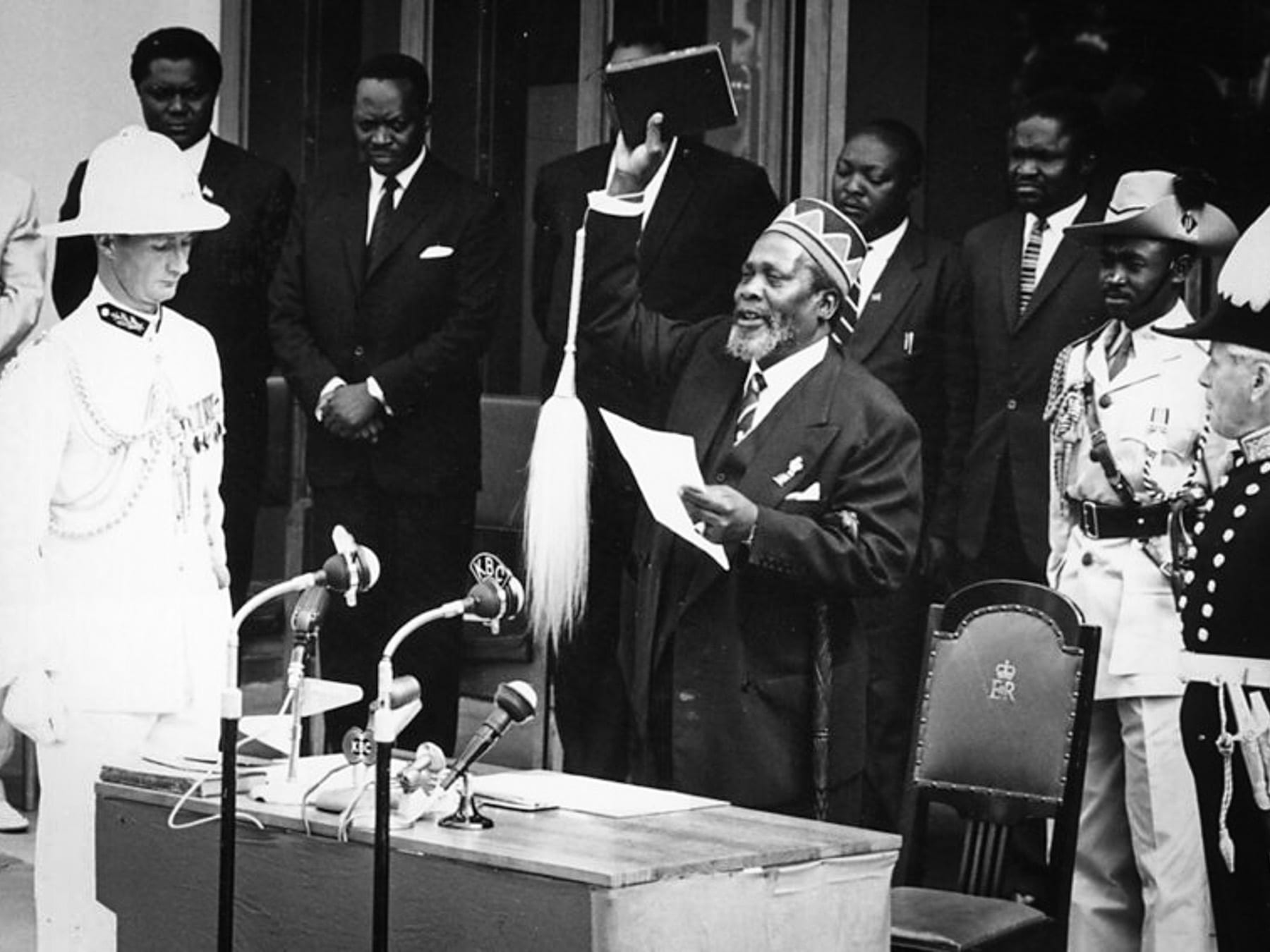
Jomo Kenyatta became Prime Minister of Kenya on December 12, 1963. Image by Getty Images.
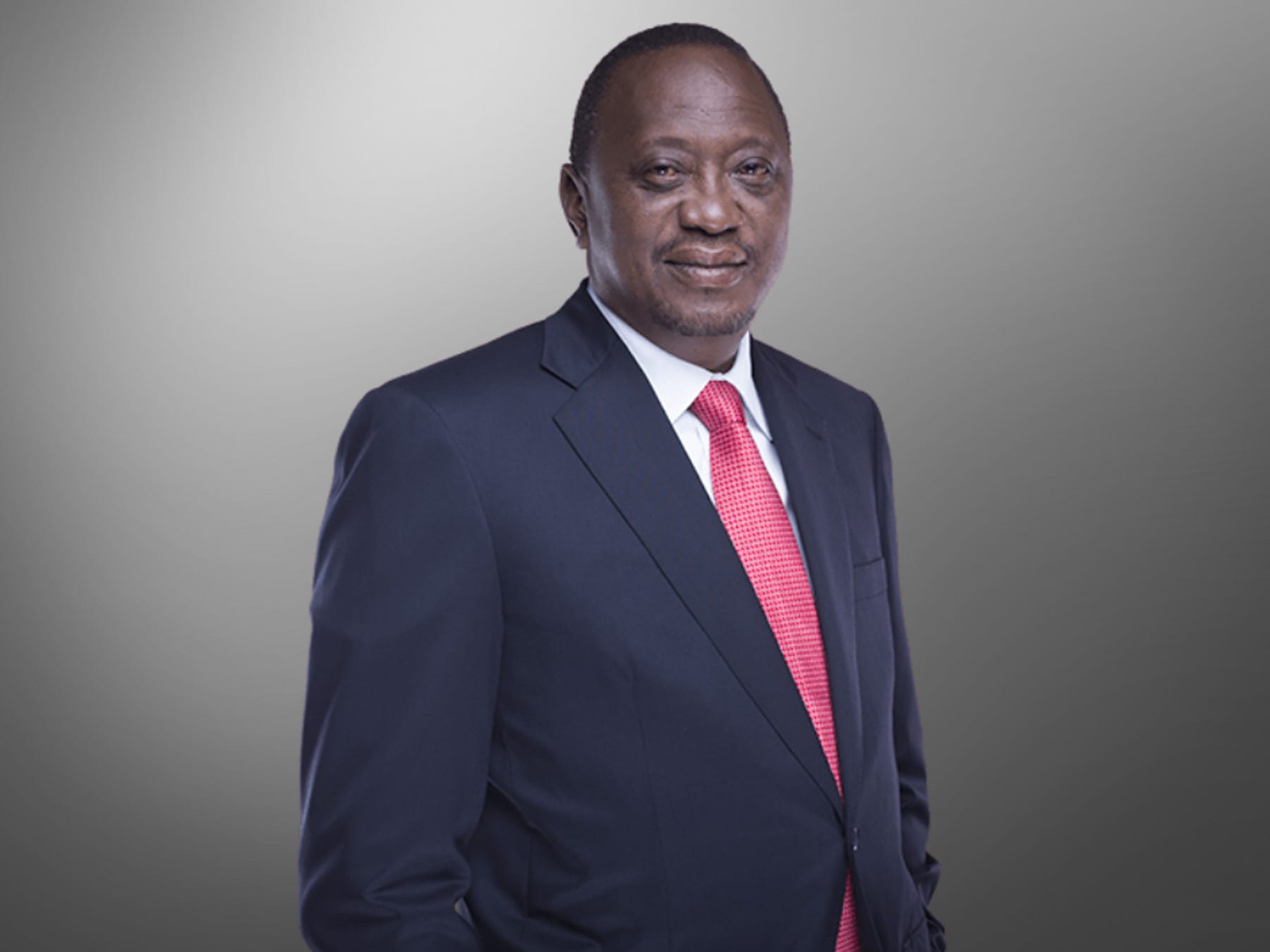
H.E. Uhuru Kenyatta, fourth President of the Republic of Kenya. Image by The Executive Office of the President (www.president.go.ke).
9) Capital City
Nairobi is the capital of Kenya, and was derived from the Maasai phrase Enkare Nyrobi (meaning cool water). It was originally connected from Mombasa by the British and later became the capital of the British East Africa Protectorate in 1905. Today, Nairobi is a bustling city that has become the heartbeat of the country and a regional business and trade hub for East Africa. Nairobi has a mixture of cultures and is influenced by a fusion of many nations from East to West. In my opinion, Nairobi is massively underrated for visitors to the country – there is so much to see and do here. It’s worth adding on more than just an overnight stay at the start or end of your trip, to experience some of what Nairobi offers – I’ve written a whole post about it to help you out!
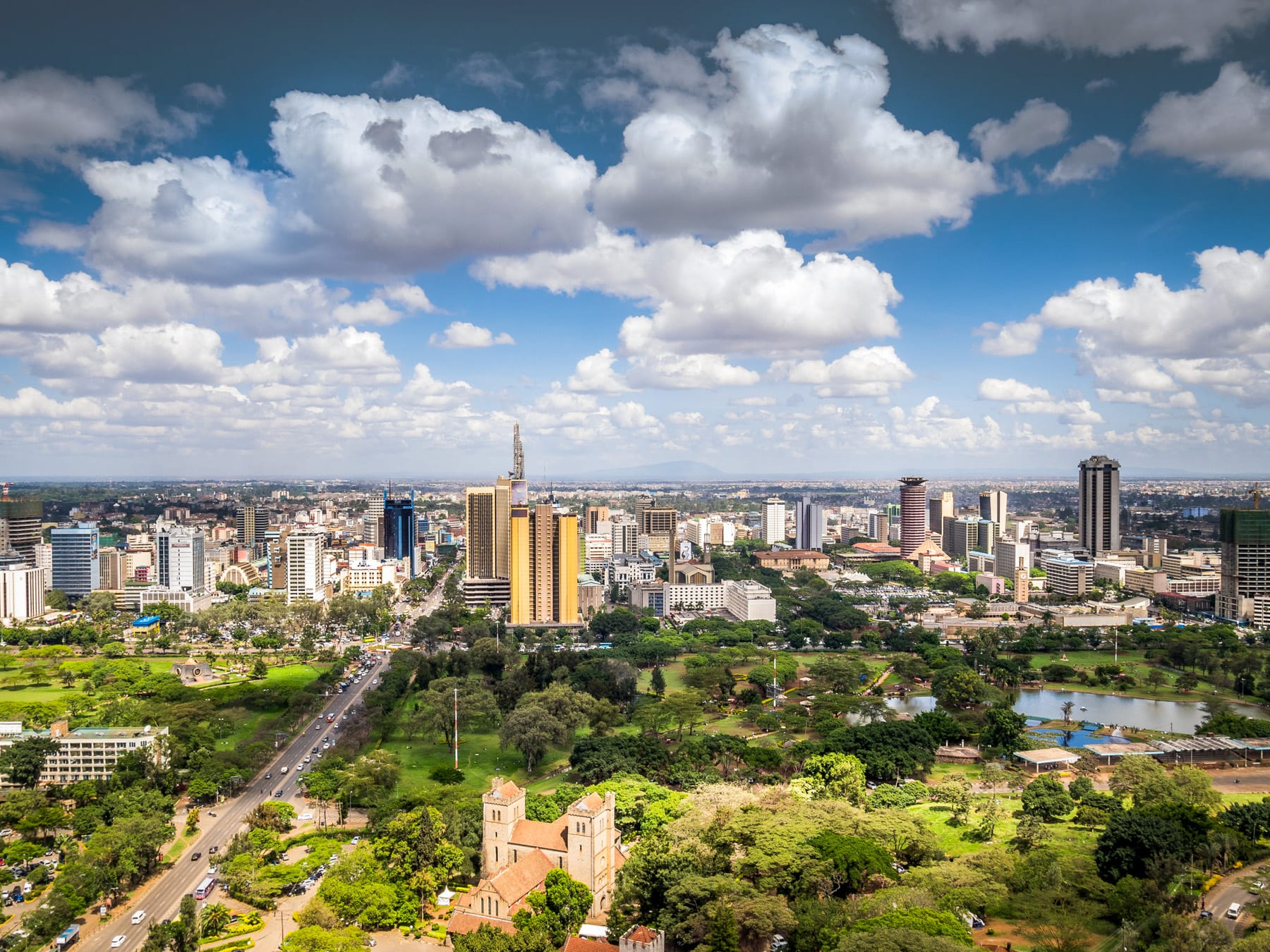
A view over Nairobi, the country’s capital. Image by Eunika Sopotnicka, 123rf.com.
10) Mombasa
With approximately 1.2 million people, Mombasa is the second largest city in Kenya. With Nairobi only really being on the scene since the latter part of the 1800’s, the majority of Kenya’s history and famous battles centre around Mombasa and the coastal region. Before the Arabs first arrived, the area had been home to indigenous Bantu people and was predominantly an area for farming, fishing, and local trading. Mombasa itself is an island of approximately 5.5 square miles and is linked to the mainland municipal areas by causeway, bridge and ferry. Aside from the popular tourist resorts to both the North and South, the Port of Mombasa acts as a strategic gateway to the region, serving not just Kenya but other East African nations that have no direct access to the sea.
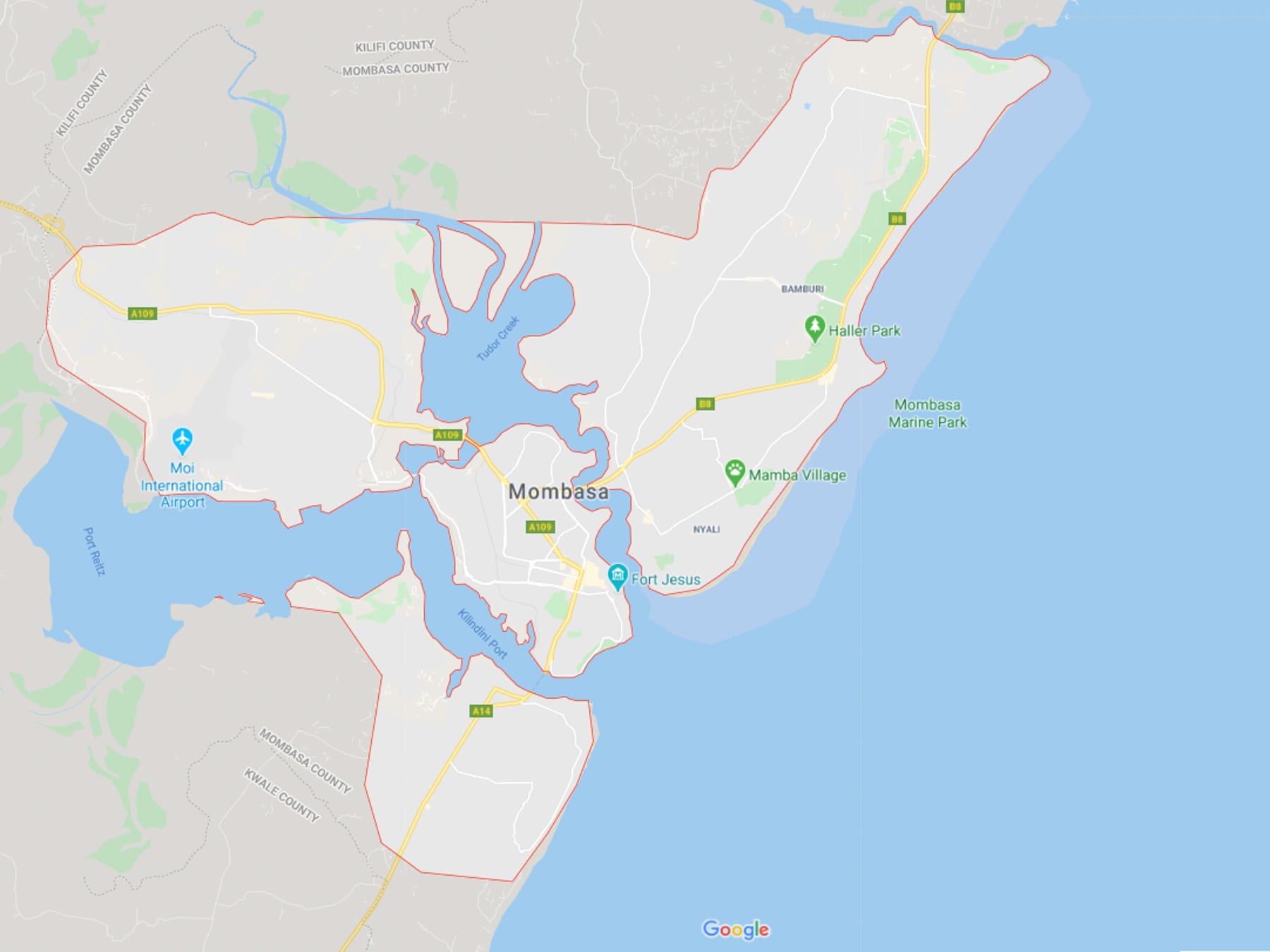
Mombasa is an island within a wider municipal area. Image copyright Google.
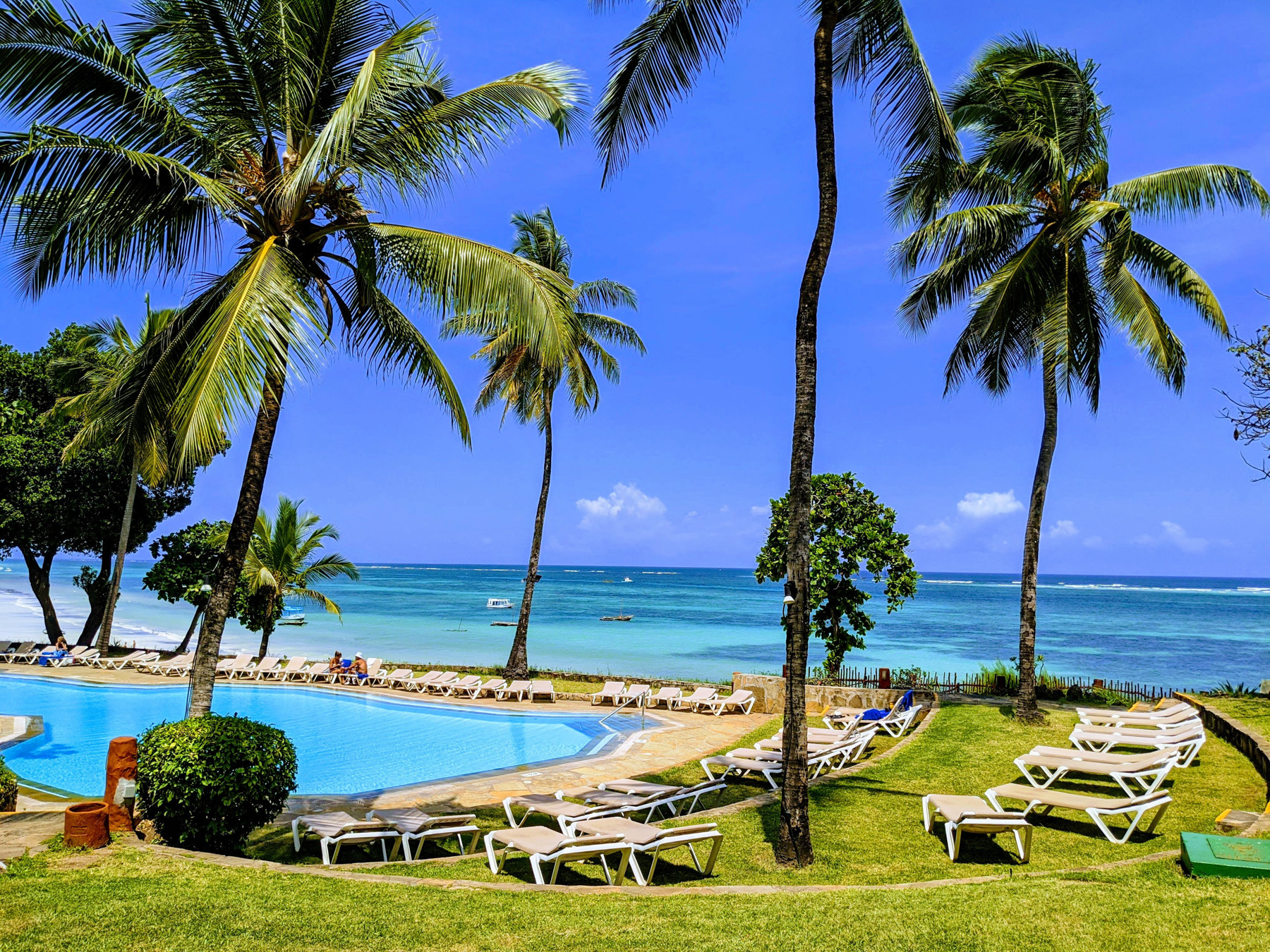
There are many popular tourist resorts to the North and South of Mombasa. Image by Oluwatobi Akindunjoye, Unsplash.com
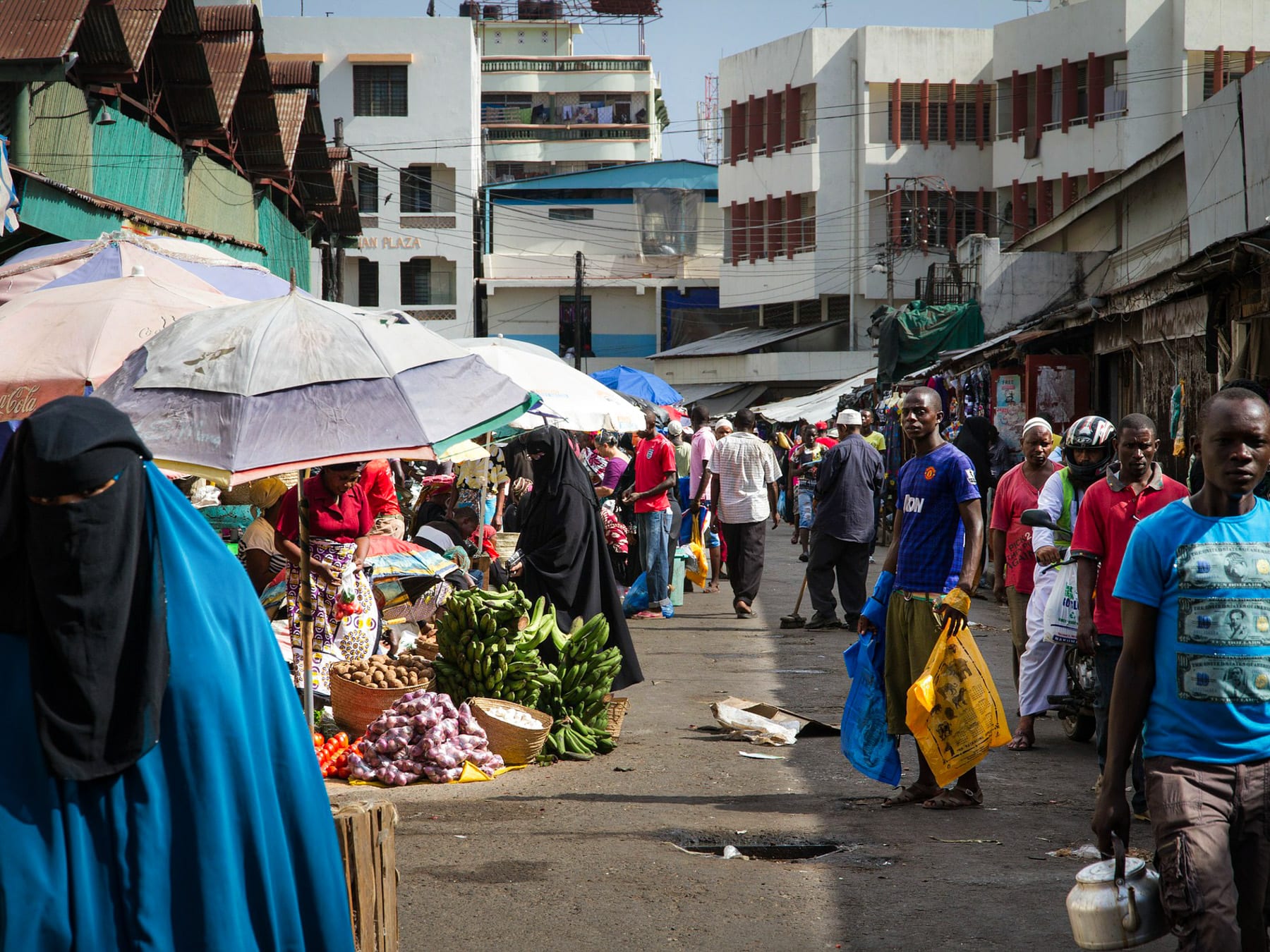
A typical Mombasa local market scene. Image by Rolf Dobberstein, Pixabay.com
11) Fame
Kenya has been made famous through show business, sports and public figures but there are far to many to list here. Here are a few notable examples:
- Kenya has been location of choice for numerous movies, including: Born Free (1966), Out of Africa (1986), The Ghost and the Darkness (1996), Tomb Raider: Cradle of Life (2003), The Constant Gardener (2005), and Netflix Series Sense8 (2015–2018) to name just a few examples over the years. The animators of Disney’s The Lion King also took inspiration from the dramatic landscapes of Hell’s Gate National Park, set in Kenya’s Great Rift Valley.
- The former US President (Barack Obama’s) father was born in Kenya.
- Dr. Wangari Mathai became the first African woman to win the Nobel Peace Prize in 2004, for her contribution to sustainable development, democracy and peace. Besides this landmark achievement, she has won numerous other prizes and awards for her work.
- David Lekuta Rudisha is a famous middle-distance runner, breaking his own 800 metre world record at the London 2012 Olympics. In Rio 2016, he became the first runner in 50 years to retain the Olympic title at the distance.
- In 2019, Eliud Kipchoge became the first and only man to run a marathon in less than 2 hours, with a record time of 1:59:40.
- Lupita Nyong’o, daughter of a Kenyan politician, is a well-known actress, born in Mexico in 1983. She won an Academy Award for her film debut in 12 Years a Slave (2013) and has appeared in many other movies, including Star Wars: The Force Awakens (2015), The Jungle Book (2016), Queen of Katwe (2016), Black Panther (2018) and Star Wars: The Rise of Skywalker (2019).
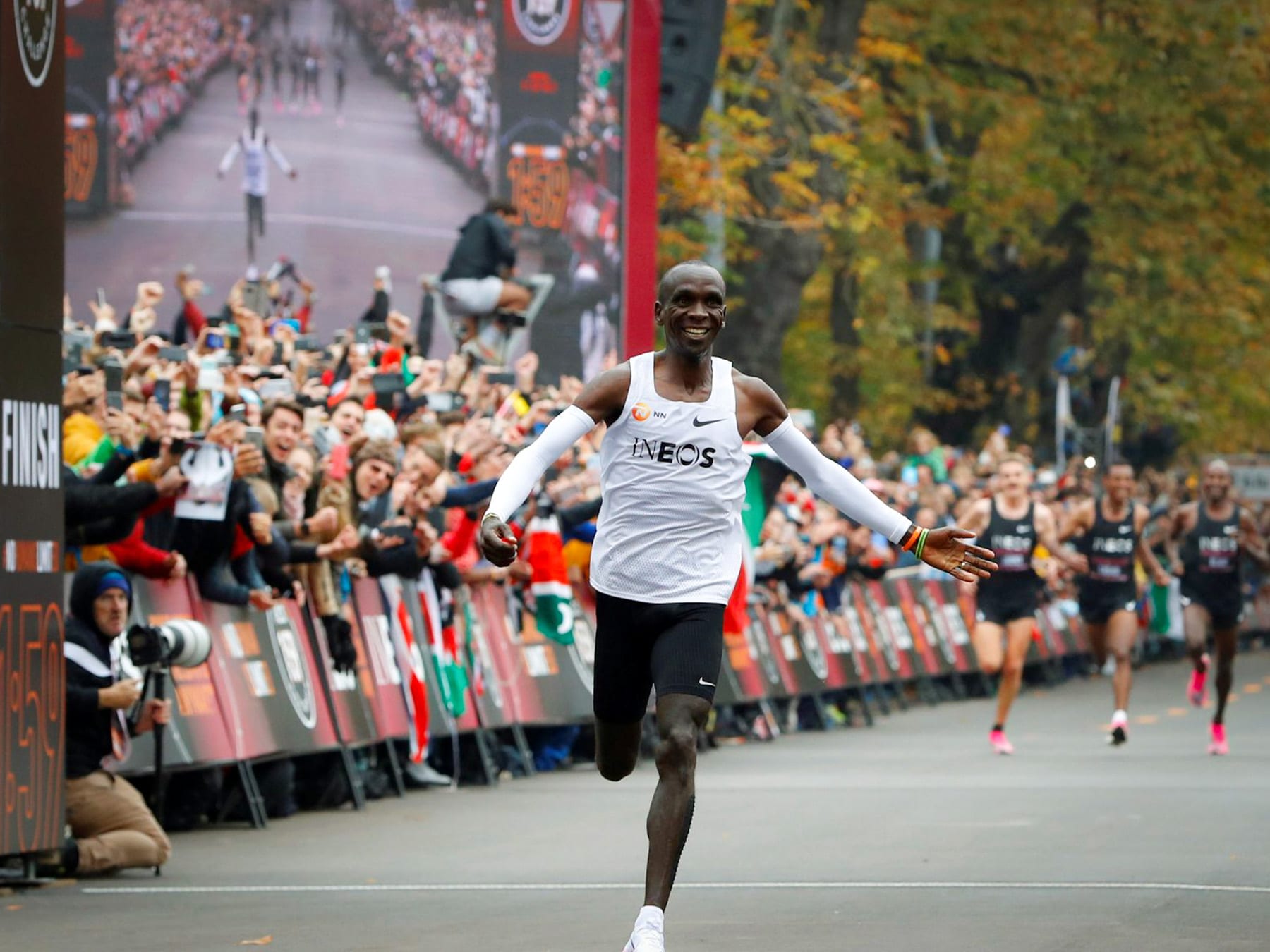
Eliud Kipchoge became the first and only man to run a marathon in less than 2 hours. Image by Leonhard Foeger, Reuters
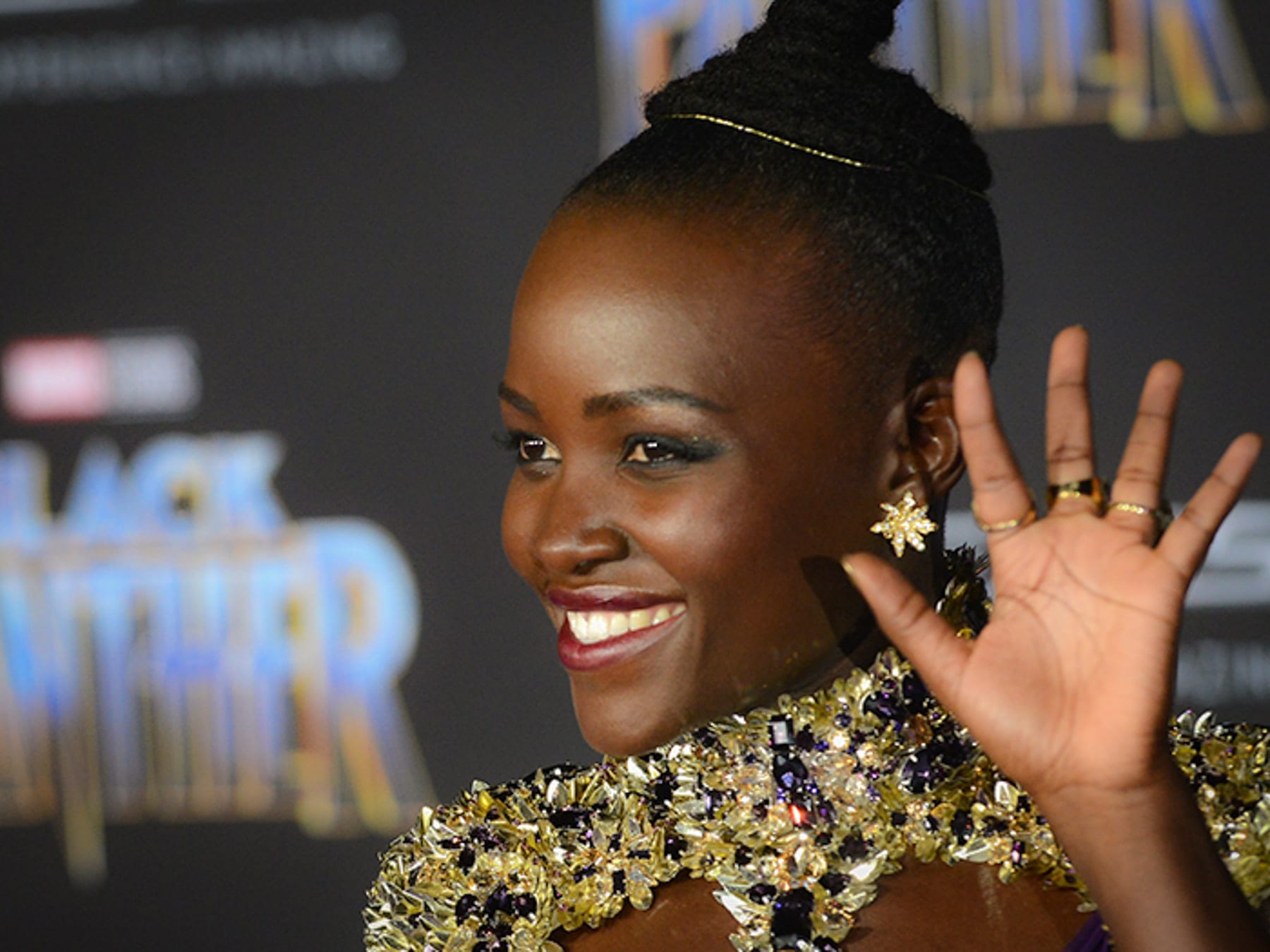
Lupita Nyong’o is a well-known Kenyan actress who won an Academy Award for her film debut in 12 Years a Slave (2013) and has appeared in many other hit movies. Image by Albert L. Ortega, Getty Images
12) World Heritage Sites
Kenya’s seven UNESCO World Heritage sites reflect the rich history, culture and natural wonders that the country boasts. The sites are:
- Fort Jesus, Mombasa (2011)
- Lamu Old Town (2001)
- Sacred Mijikenda Kaya Forests (2008)
- Thimlich Ohinga Archaeological Site (2018)
- Kenya Lake System in the Great Rift Valley (2011)
- Lake Turkana National Parks (1997, 2001)
- Mount Kenya National Park/Natural Forest (1997, 2013)
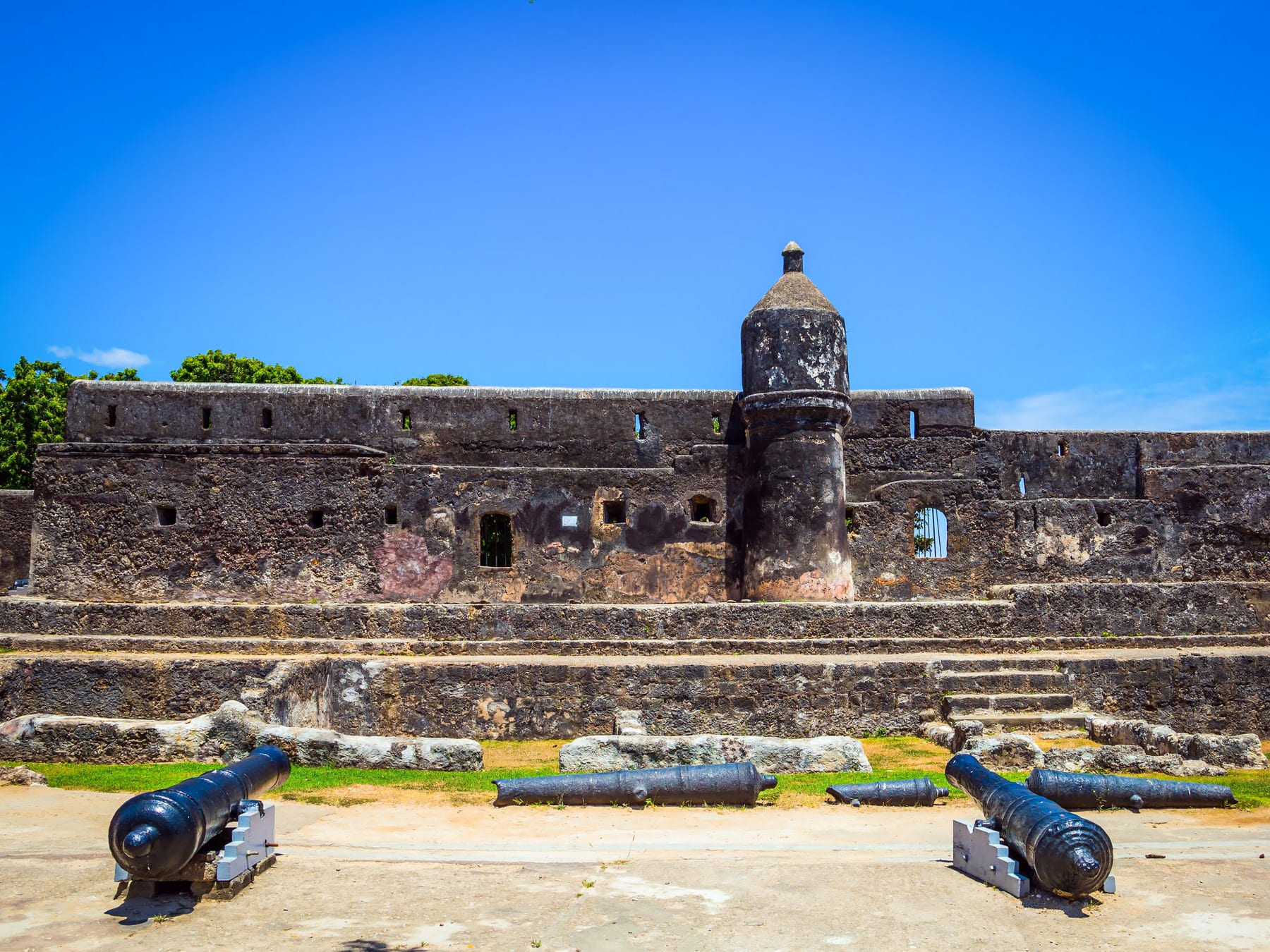
Fort Jesus – one of Kenya’s UNESCO World Heritage Sites. Image by kavram, 123rf.com
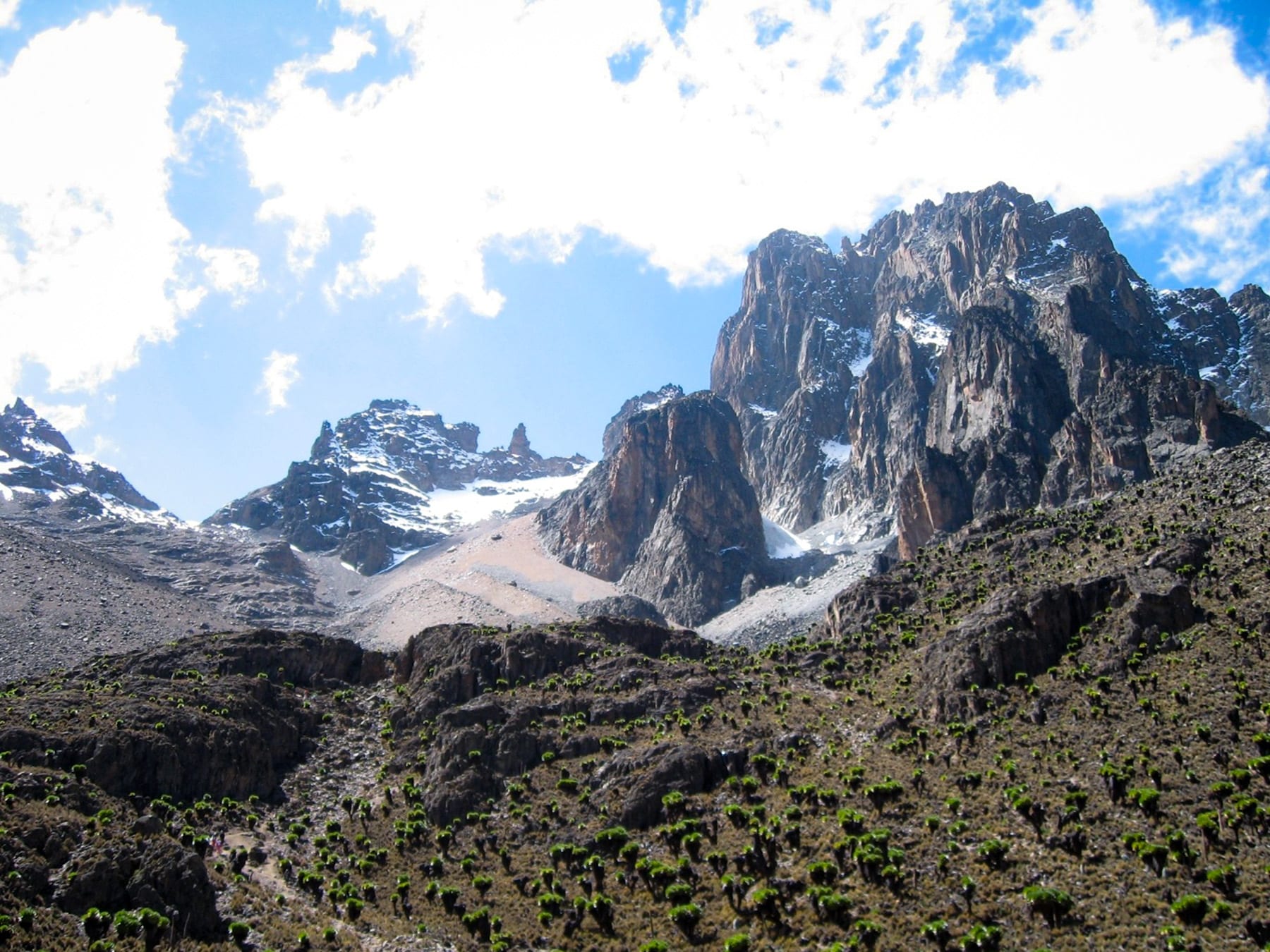
Mount Kenya National Park – one of Kenya’s UNESCO World Heritage Sites. Image by Image by Geographical Association.
13) The Best Beaches in Africa!
Diani is recognised as Africa’s best beach destination, according to the World Travel Awards. However, Kenya also has a host of popular beach destinations, featuring soft white sands, palm trees, clear turquoise blue waters, corals and beautiful marine life. As well as a great place to relax and enjoy the sun, Kenya is a popular diving and snorkeling destination.
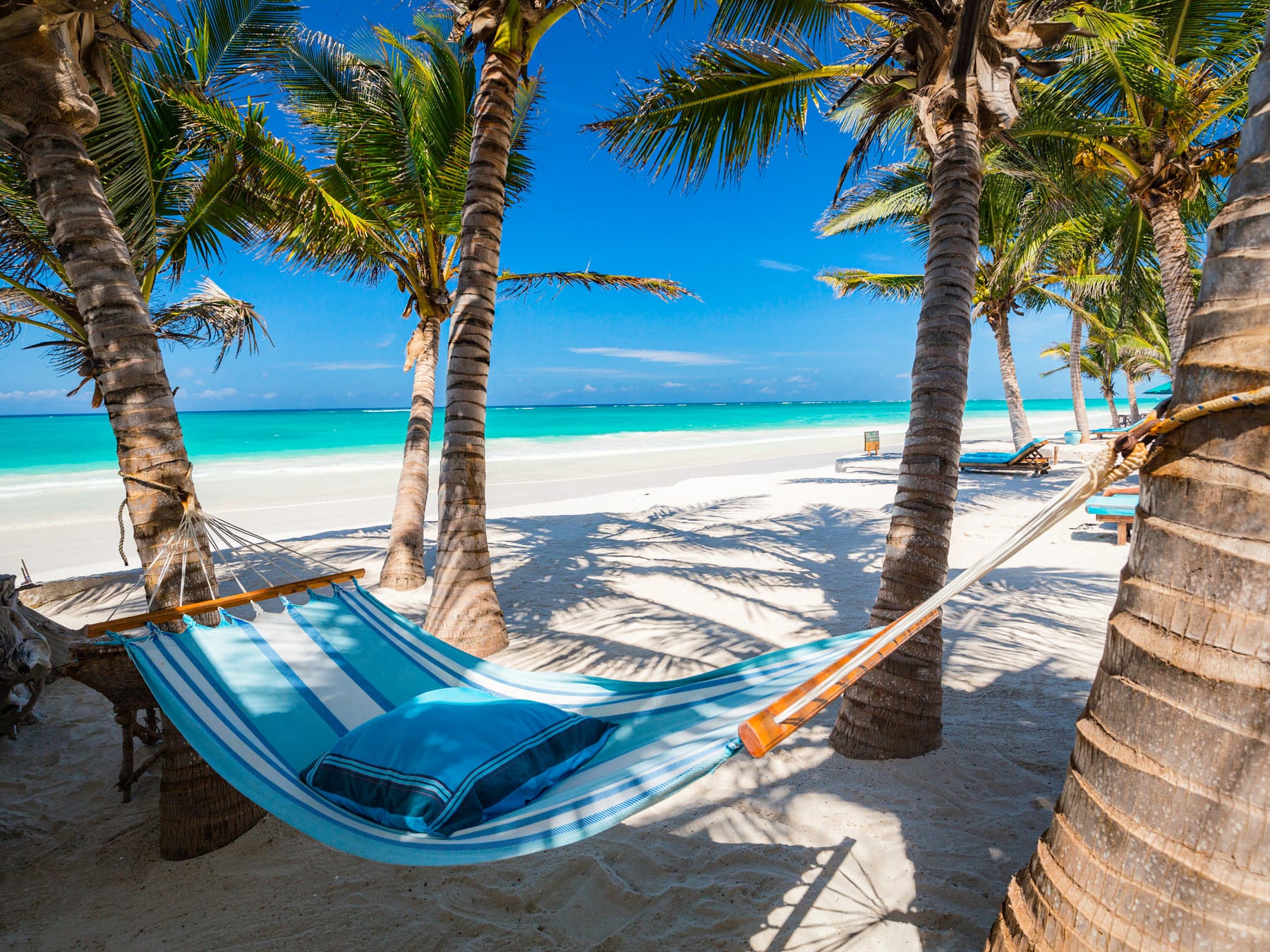
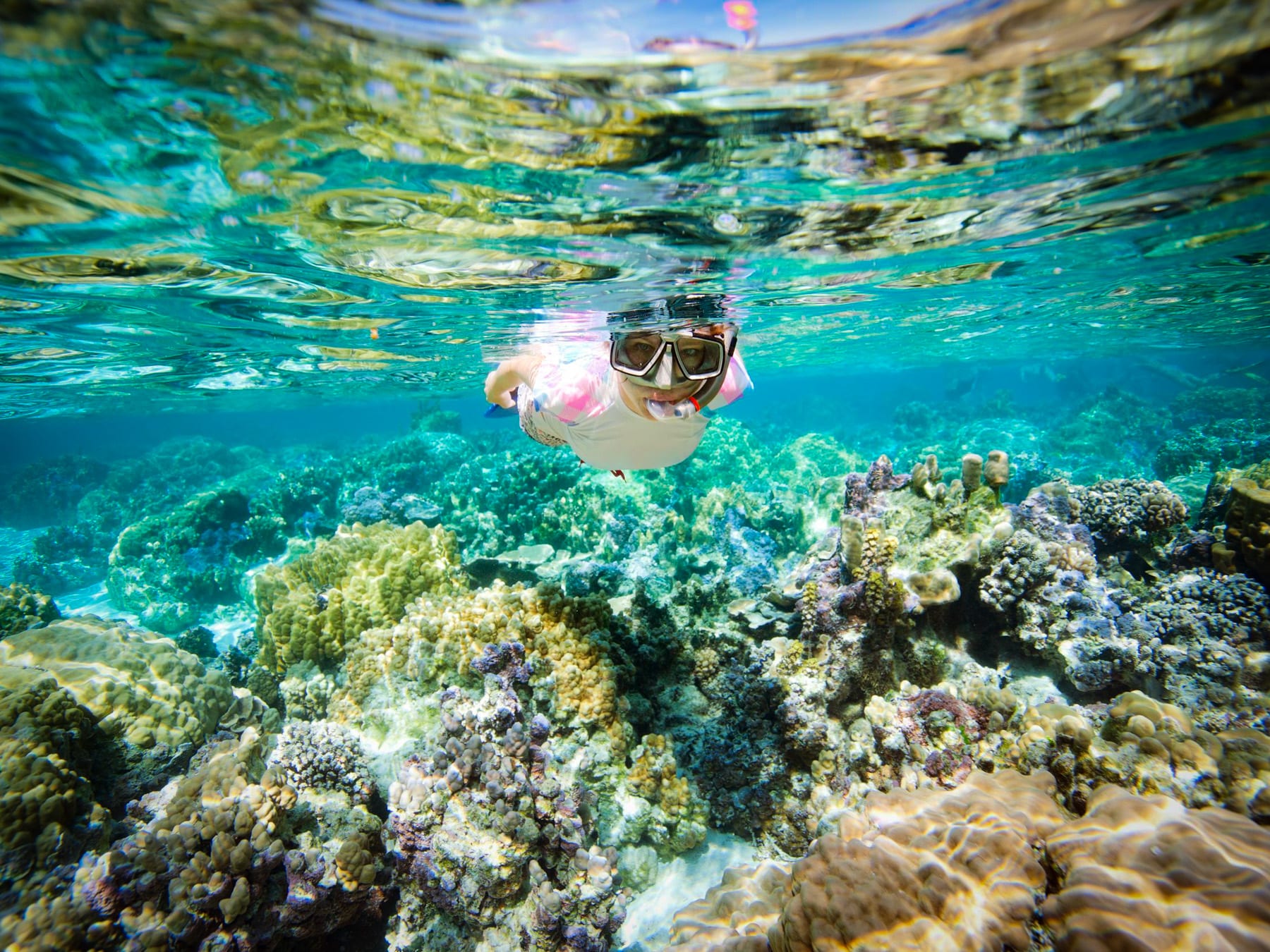
Kenya has some of the best beaches in Africa and is a popular diving and snorkeling destination. Images by BlueOrange Studio, 123rf.com.
14) The Home of Safari
Kenya is proud to be the home of safari – the term ‘safari’ translates to ‘journey’ in Kiswahili. In addition The World Travel Awards have consistently recognised Kenya as the leading safari destination since 2015, after briefly losing out to South Africa in 2014.
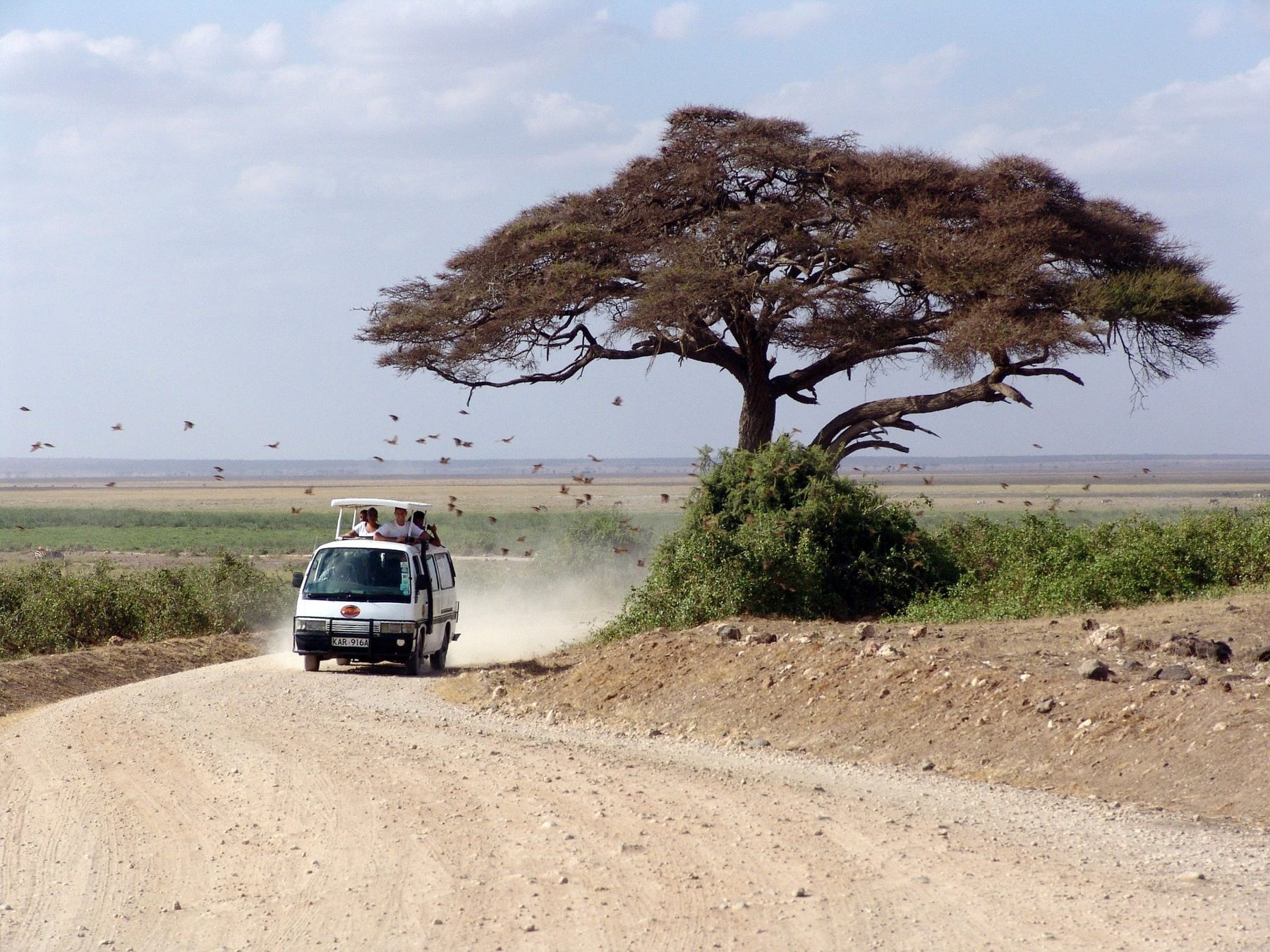
Kenya is proud to be the home of safari and has been recognised as the leading safari destination since 2015. Image by Peggy und Marco Lachmann-Anke, Pixabay.com.
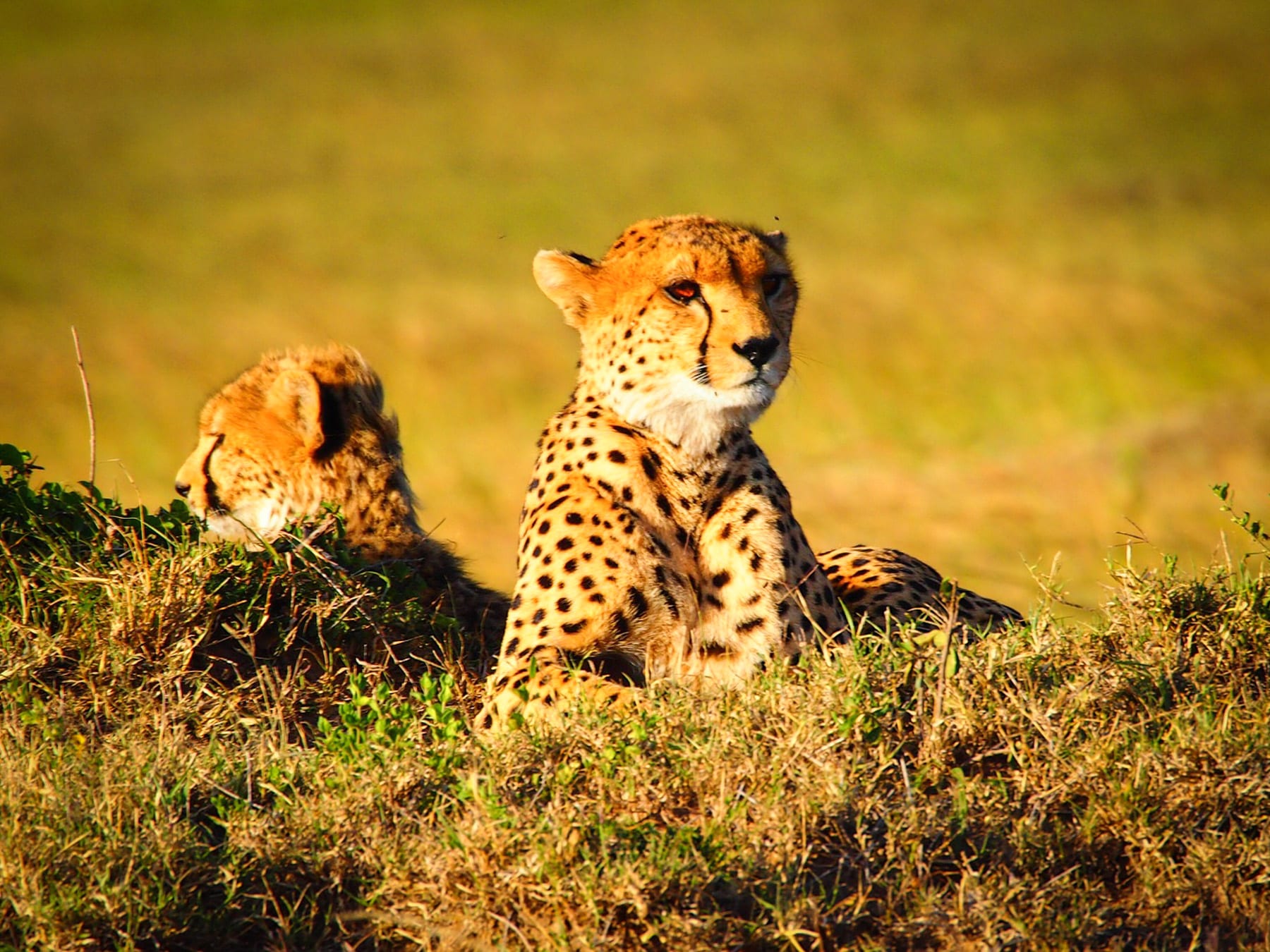
Kenya is proud to be the home of safari and has been recognised as the leading safari destination since 2015. Image by lajon, Pixabay.com.
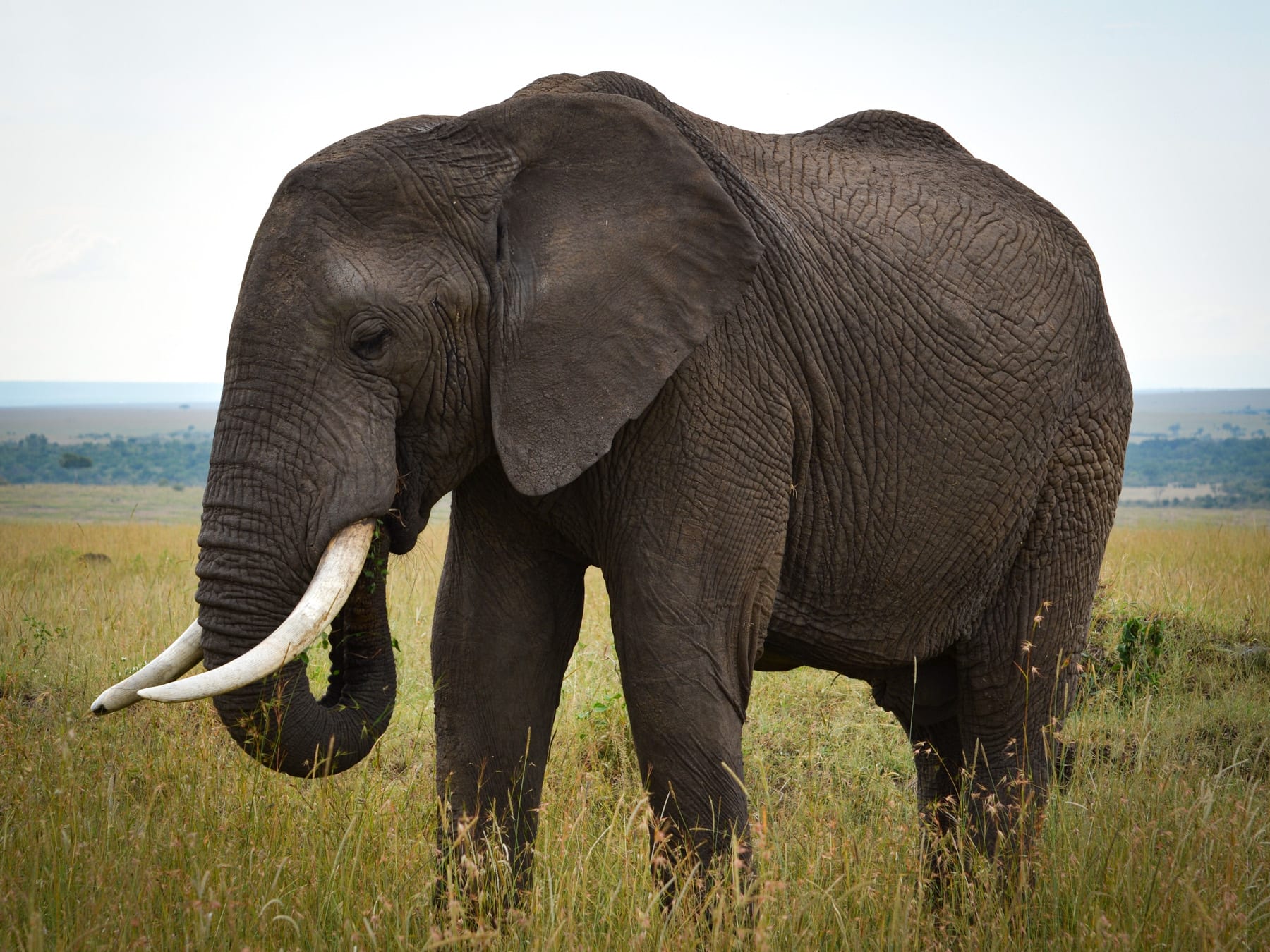
Kenya is proud to be the home of safari and has been recognised as the leading safari destination since 2015. Image copyright Ayaan Chitty.
In Summary
I hope you enjoyed reading and learning more about Kenya. Why not take a look at the other posts in this 4-part mini-series:
Please do let me know your feedback or questions via the comments box below (note: you may need to scroll right to the bottom of the page). I would be very happy to hear from you and will do my best to address any questions you have.
We are also publishing new content regularly, so don’t miss out – you can subscribe using the form below and get notified each time new content is added.
Did you enjoy reading this post?
Why not share it with your friends?
Never miss an update from us!
Sign-up below and we’ll keep you updated of new posts and information about Africa.
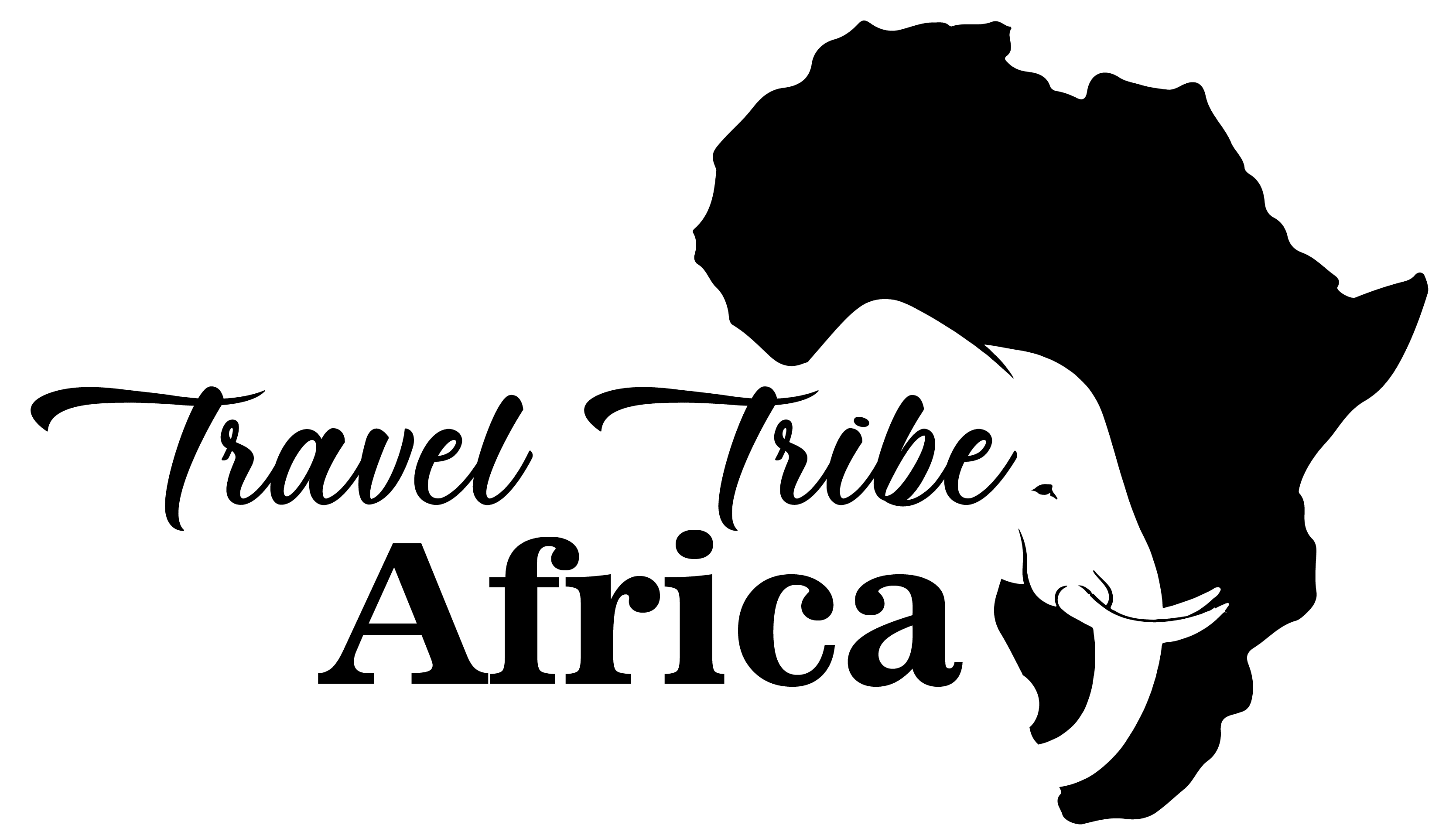
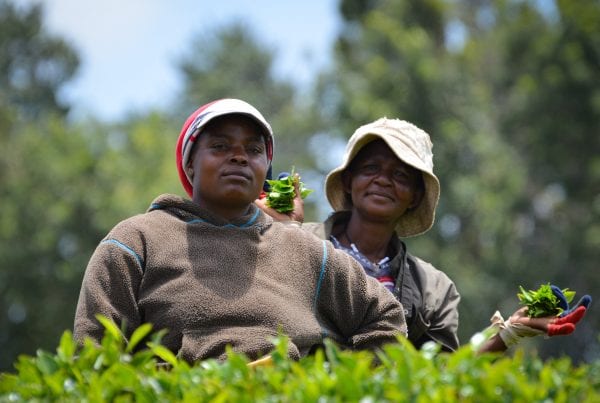
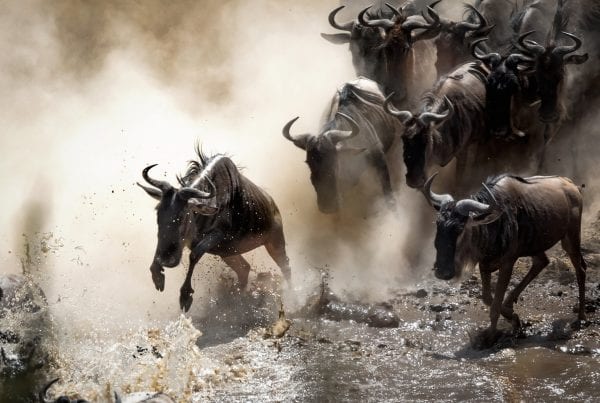
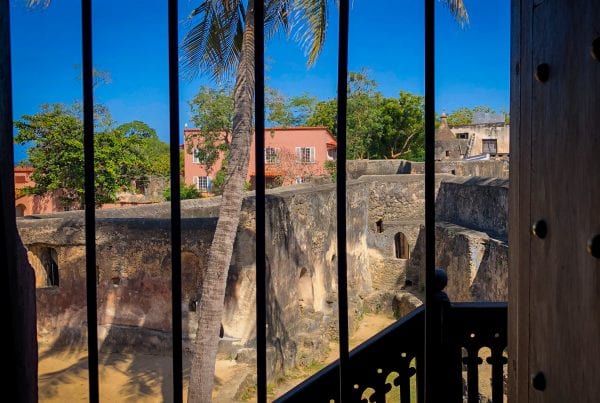
One Comment